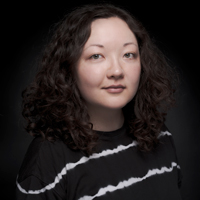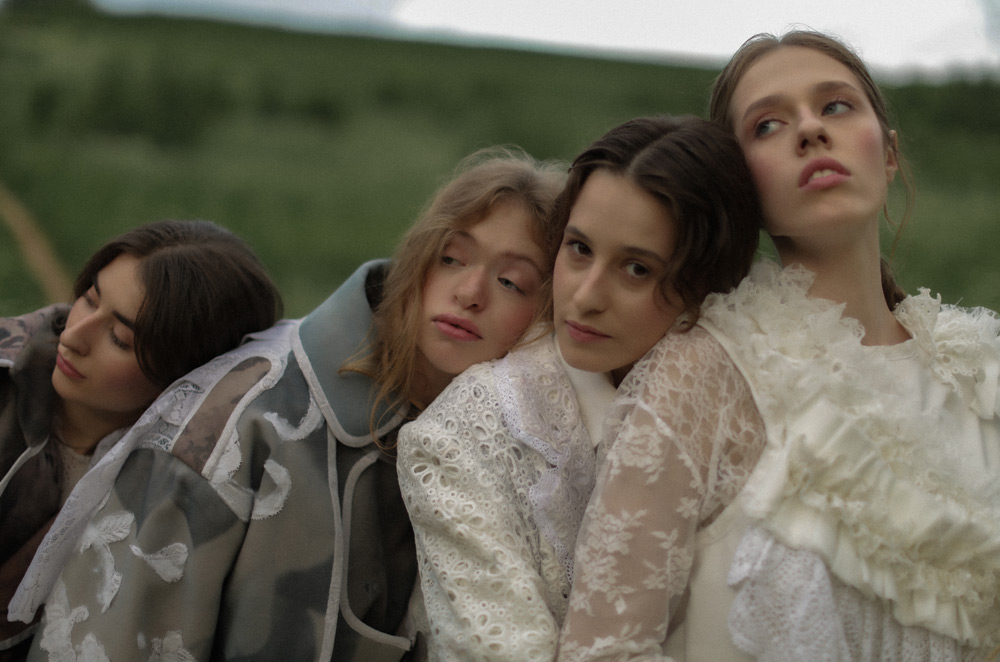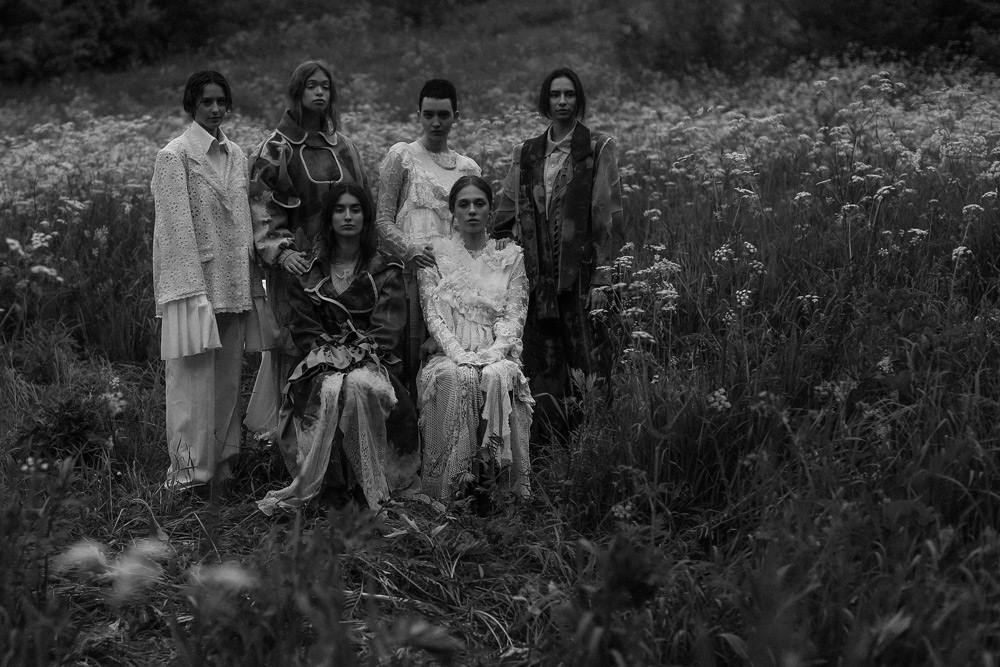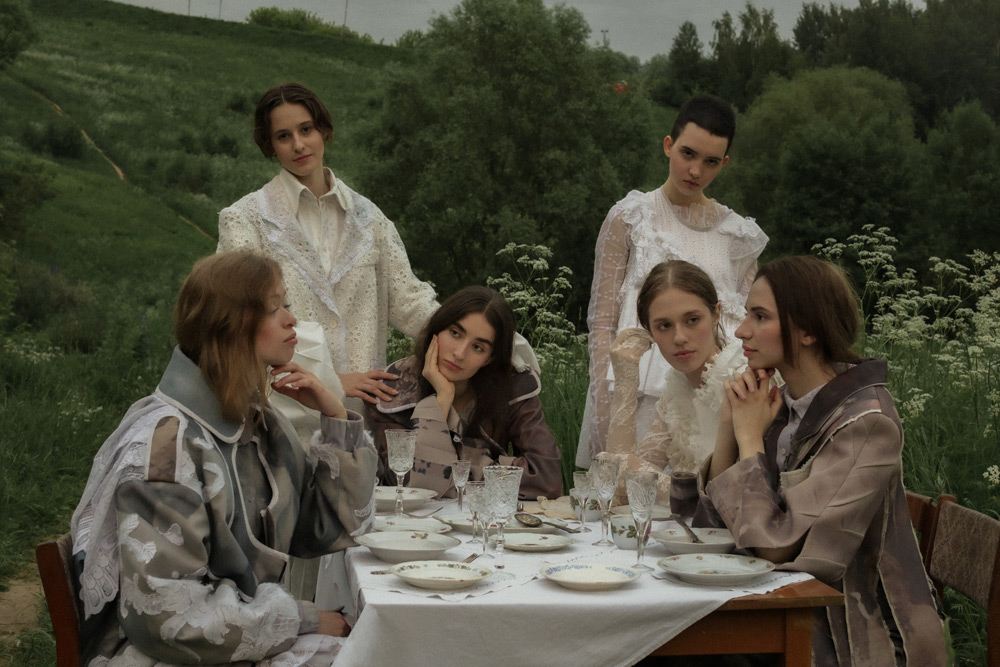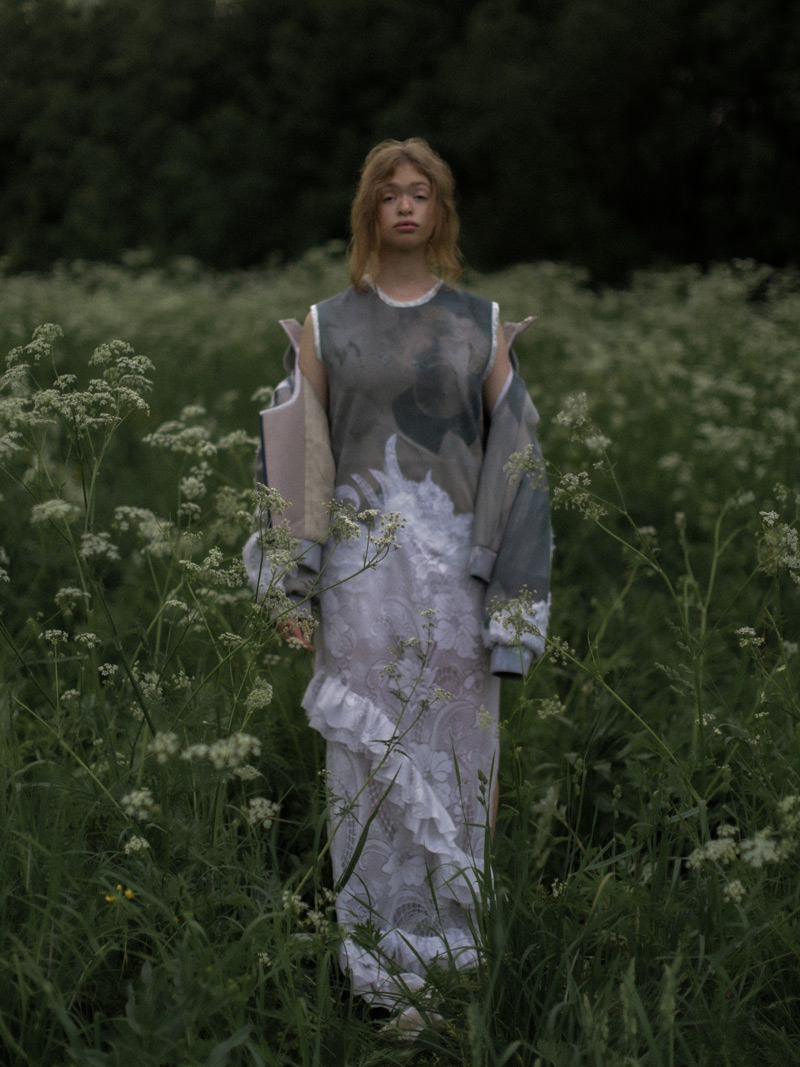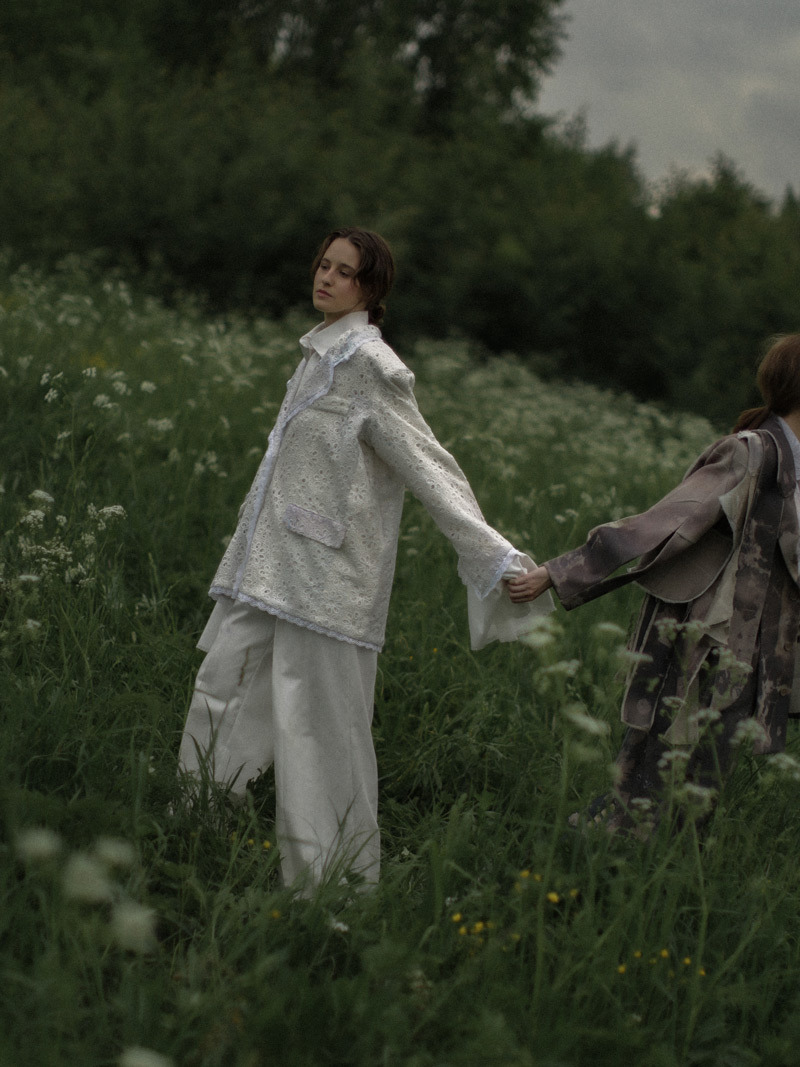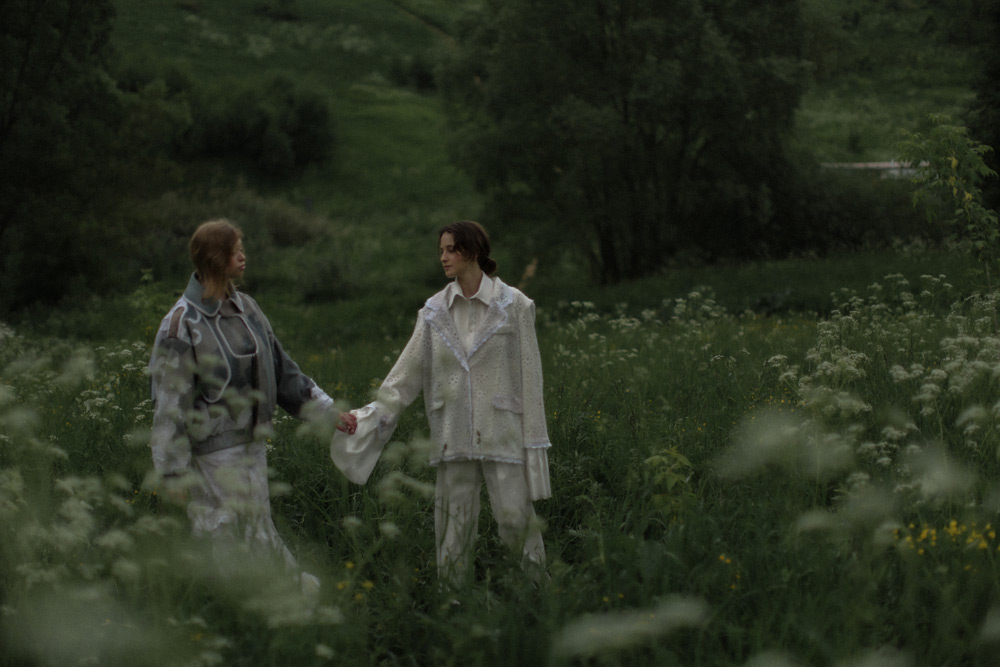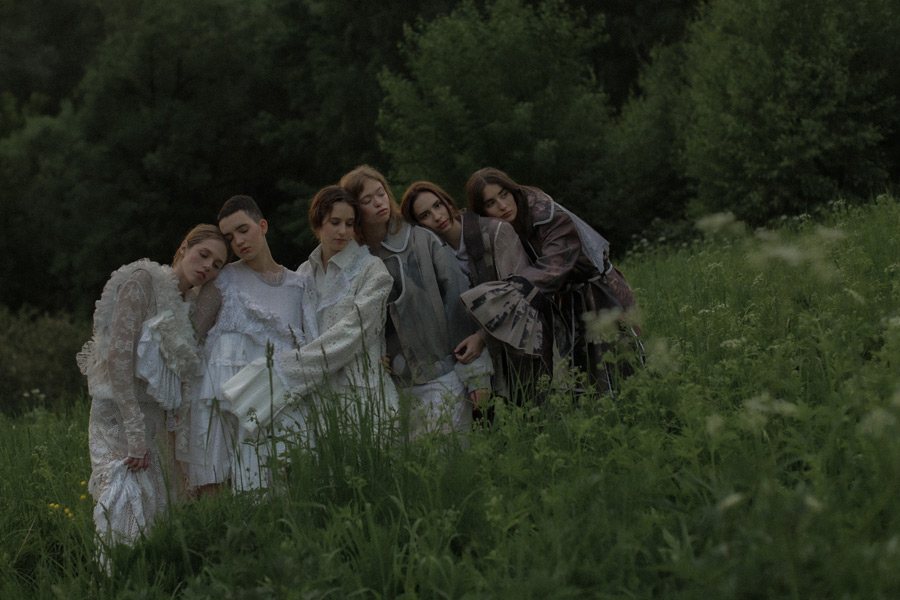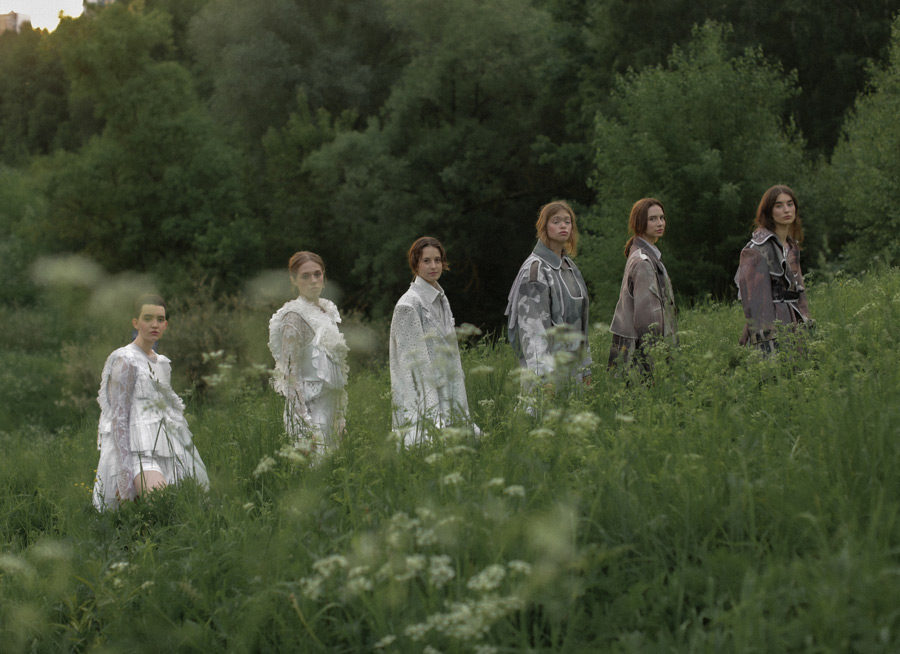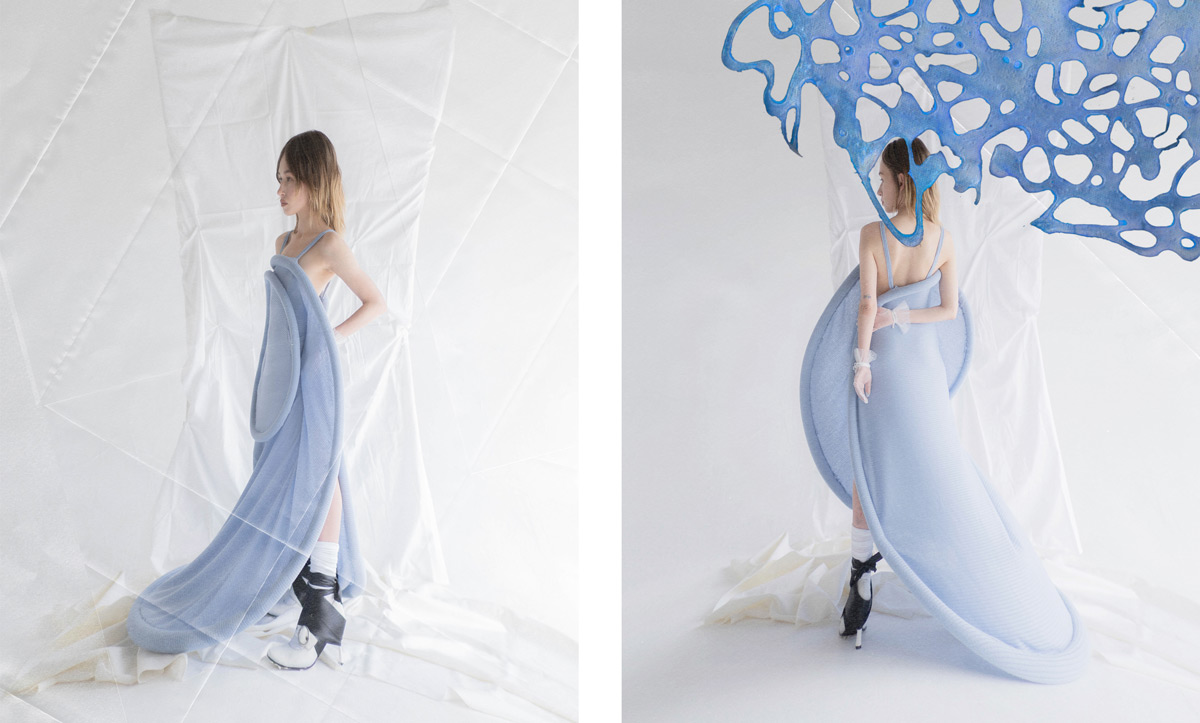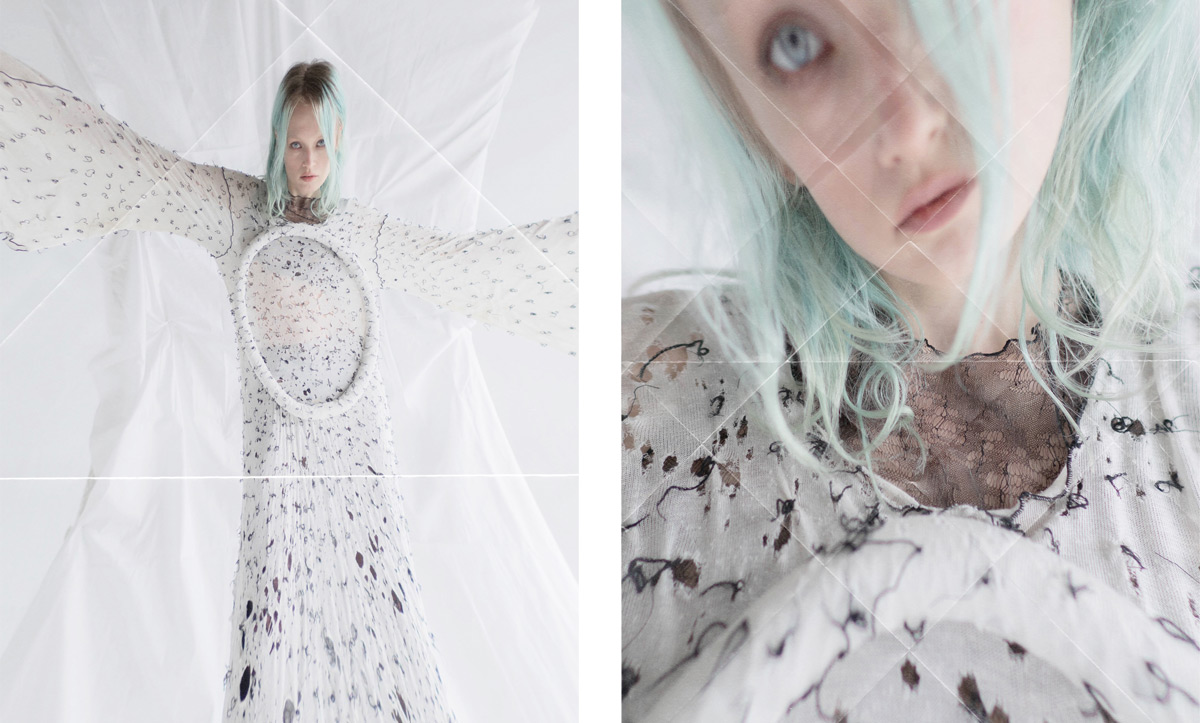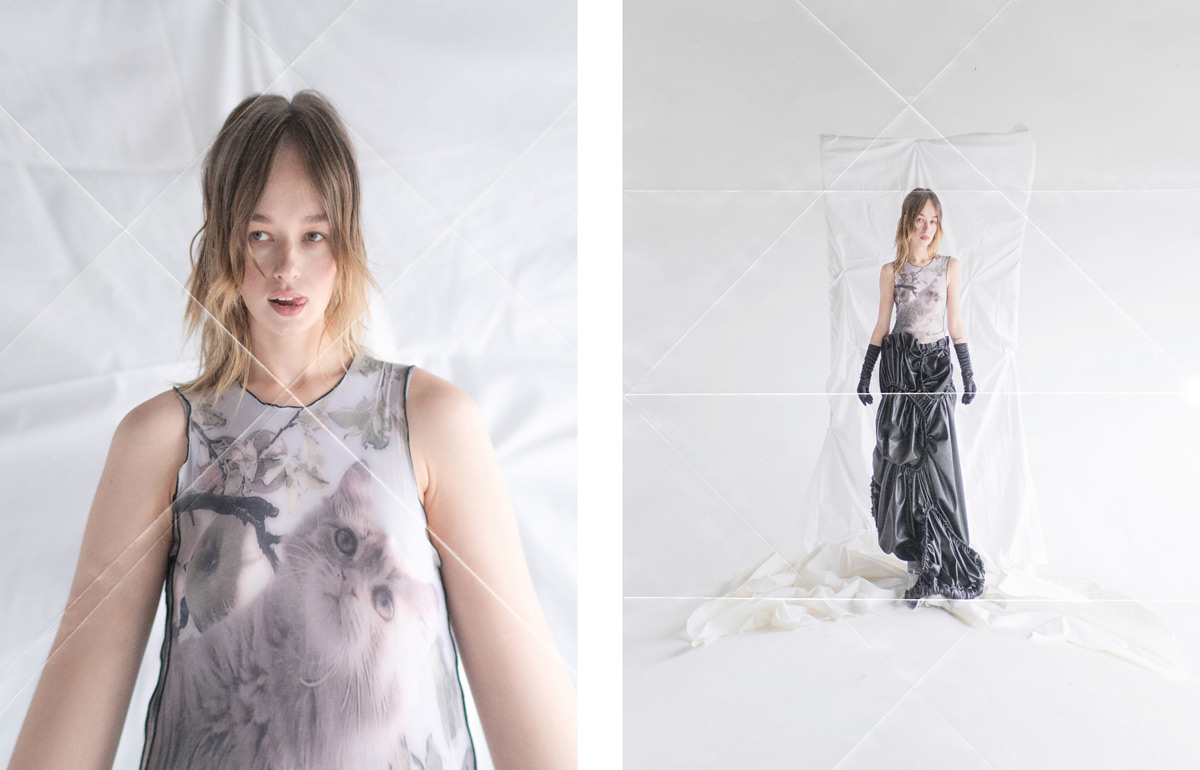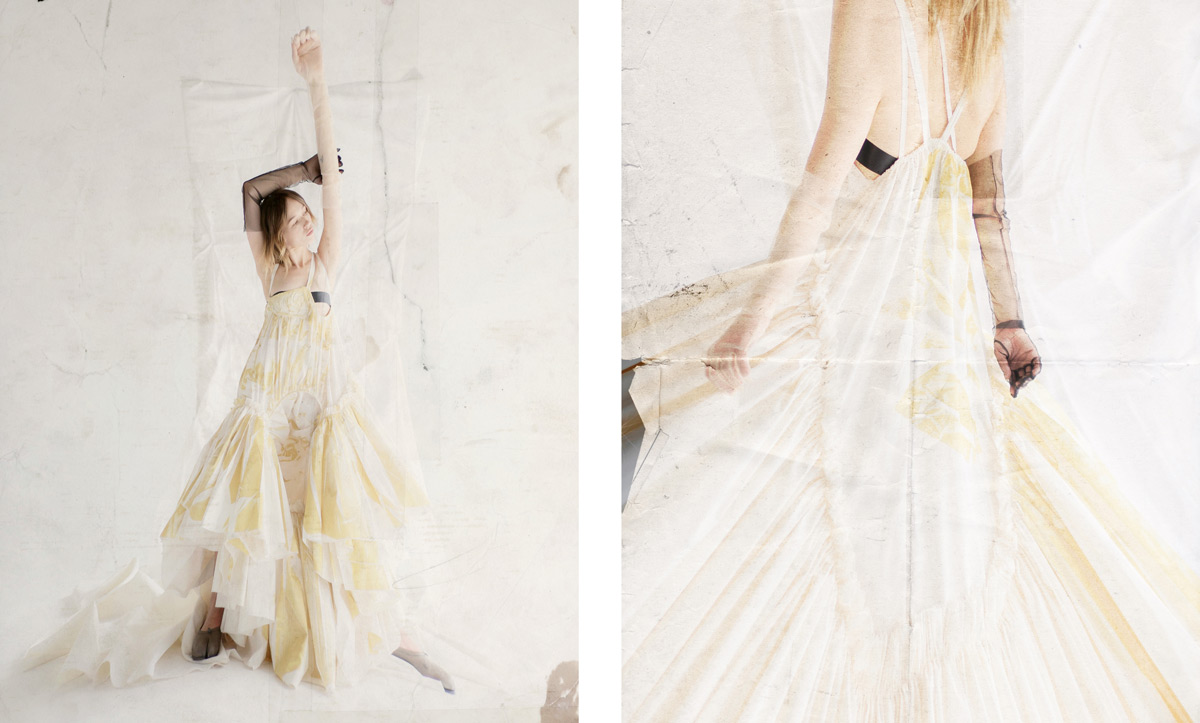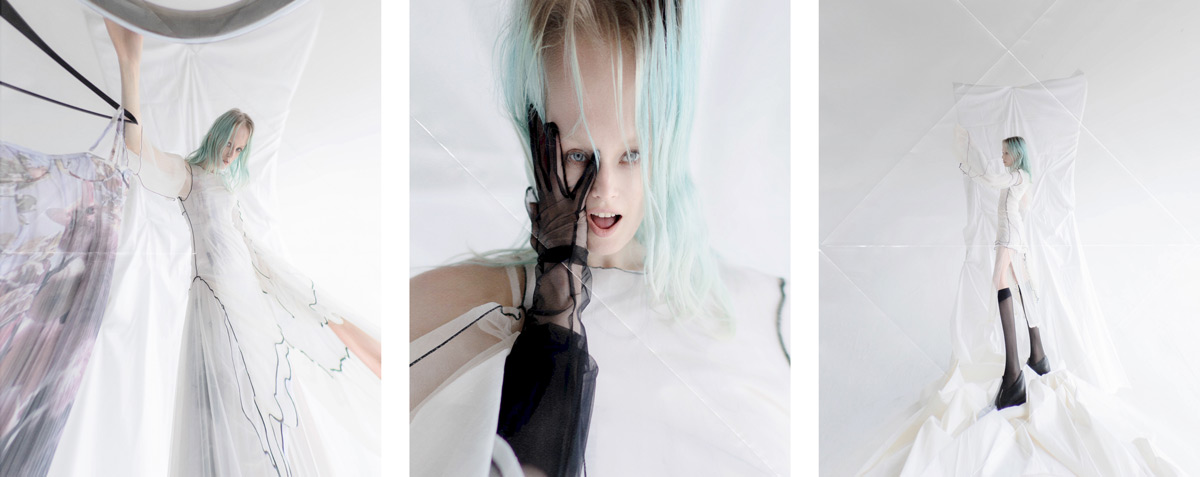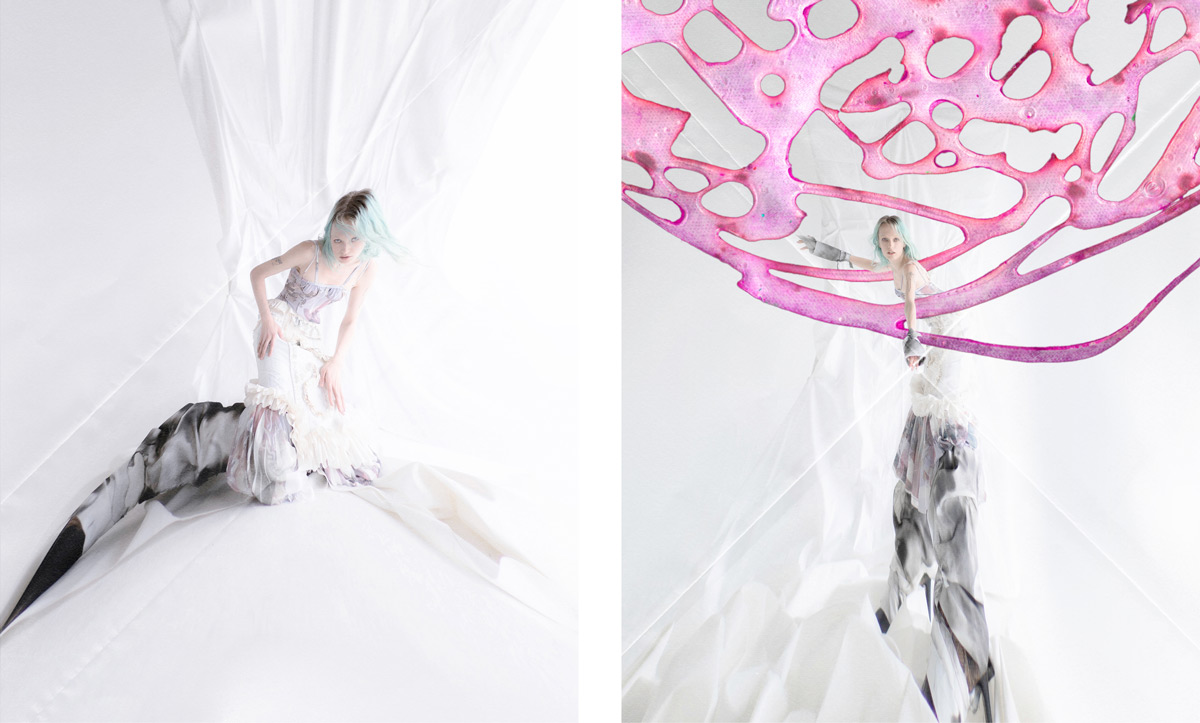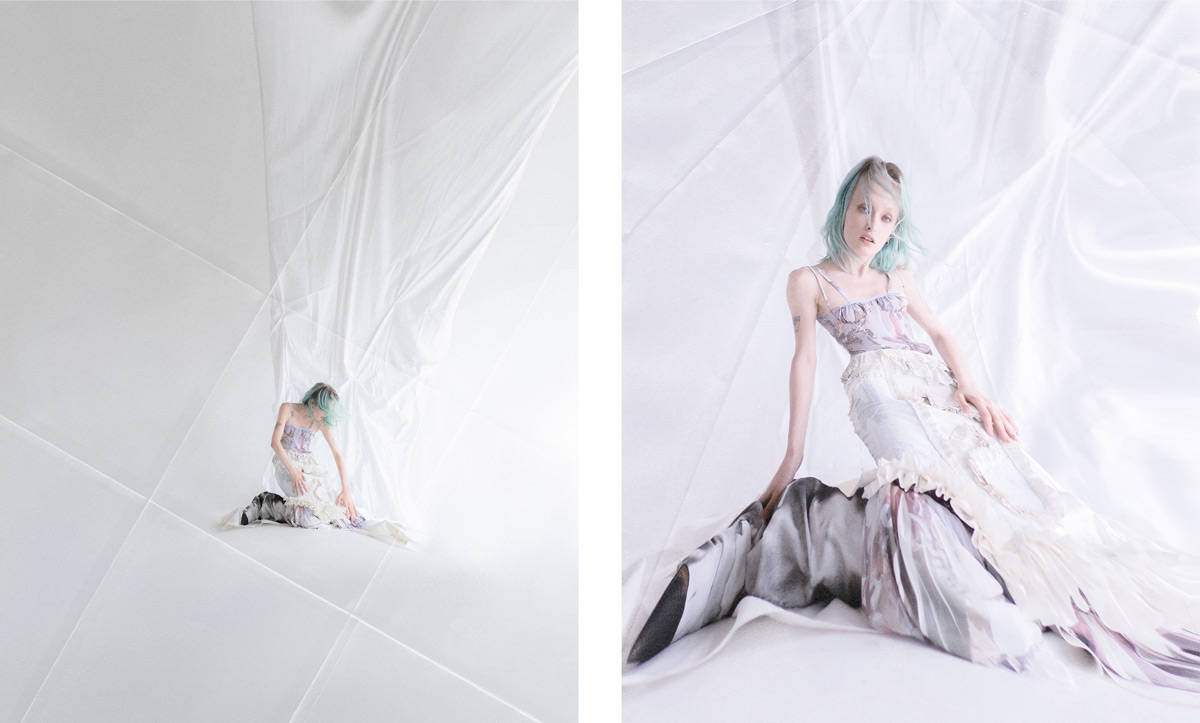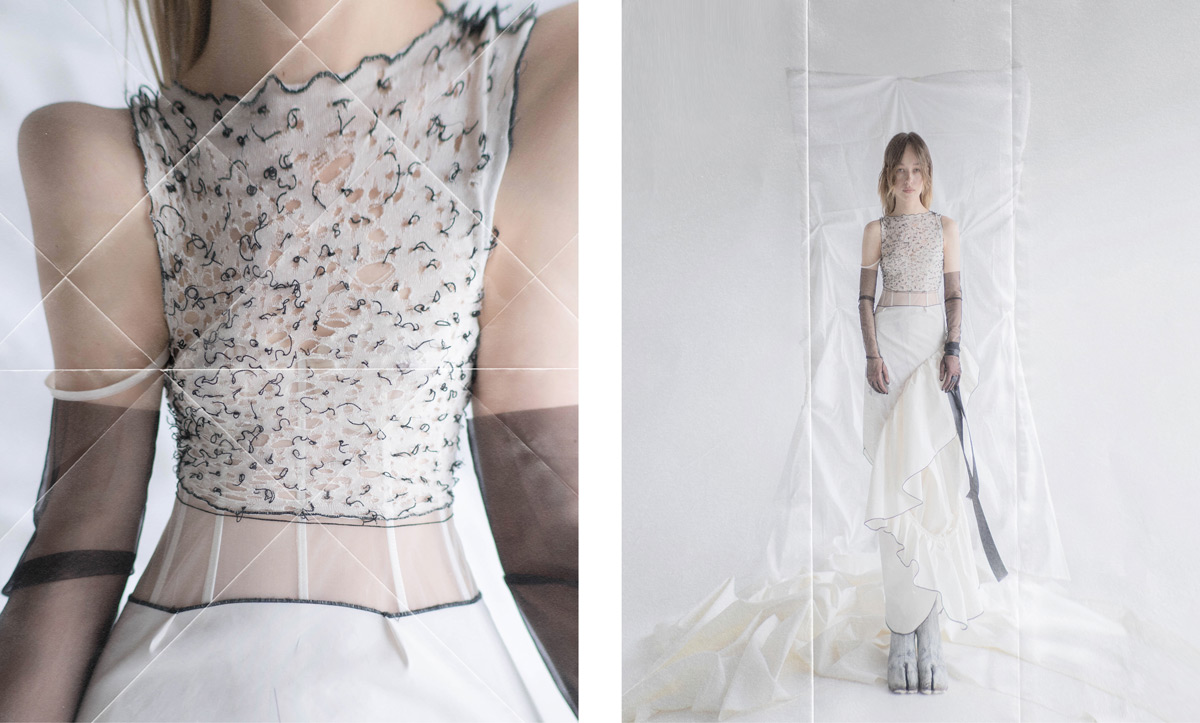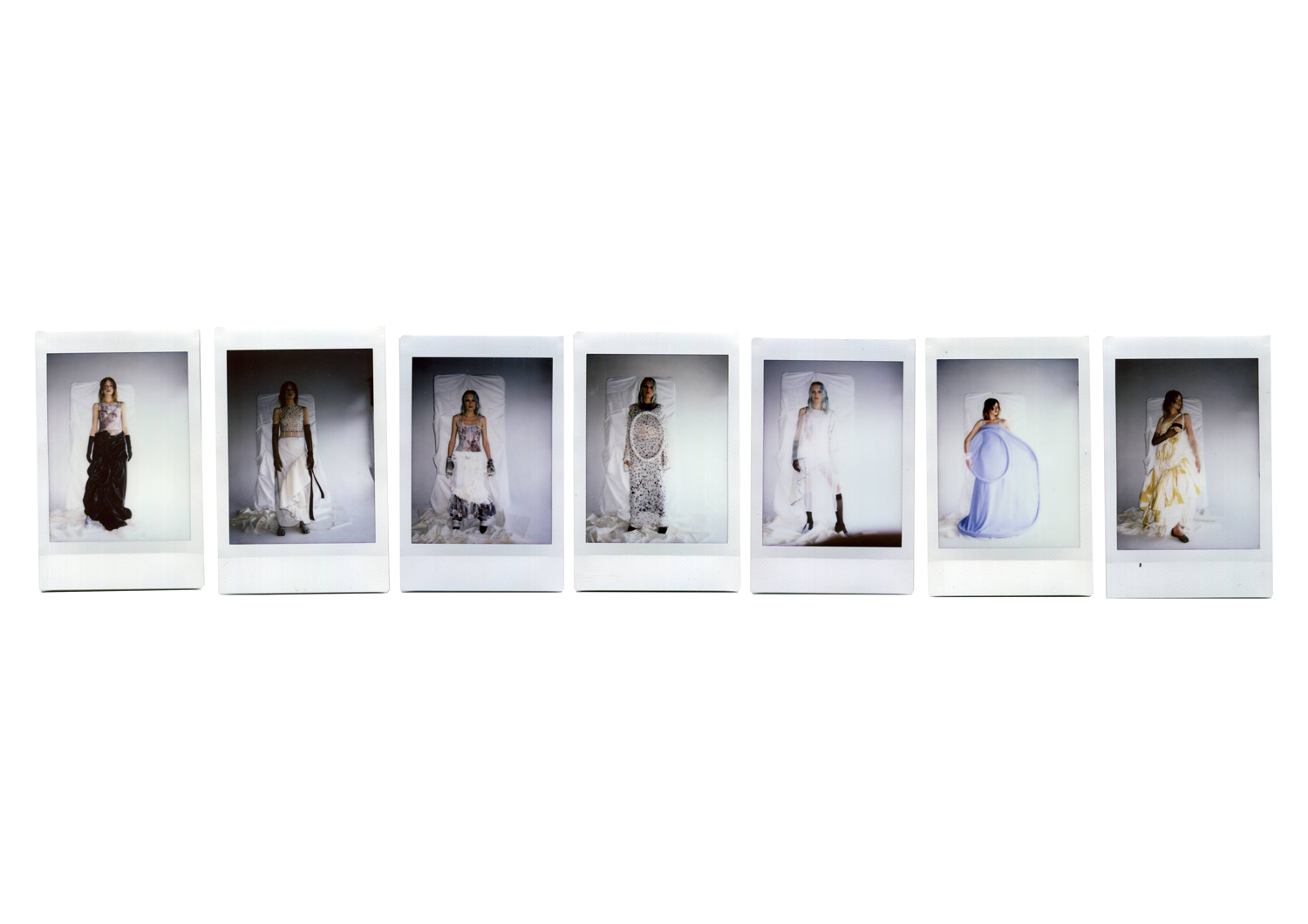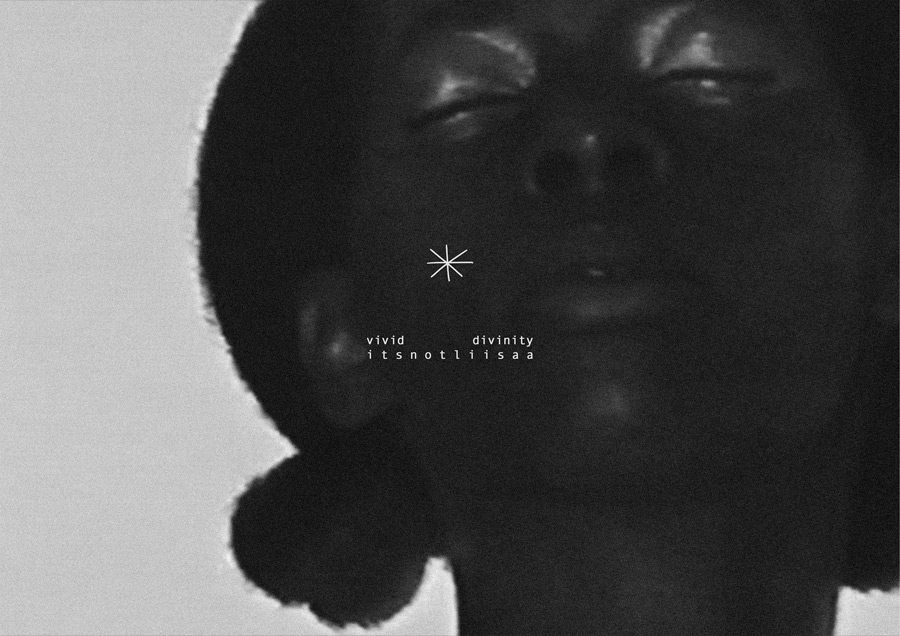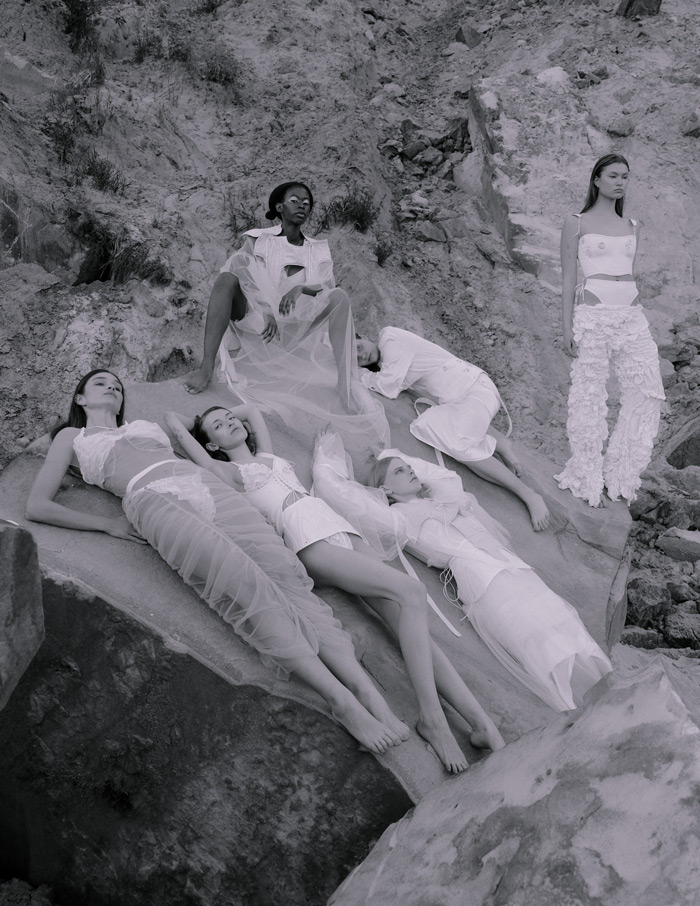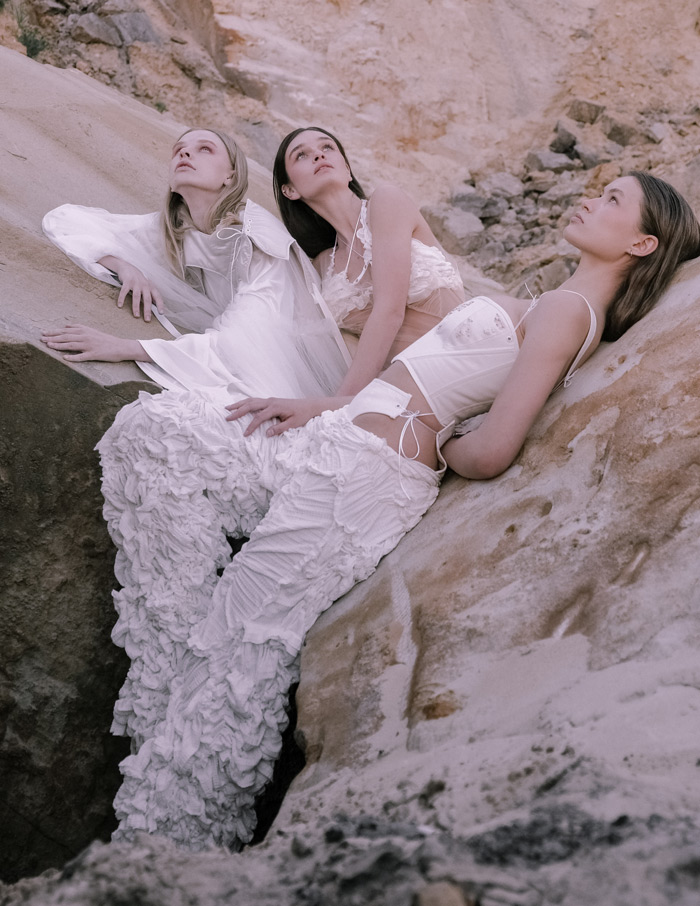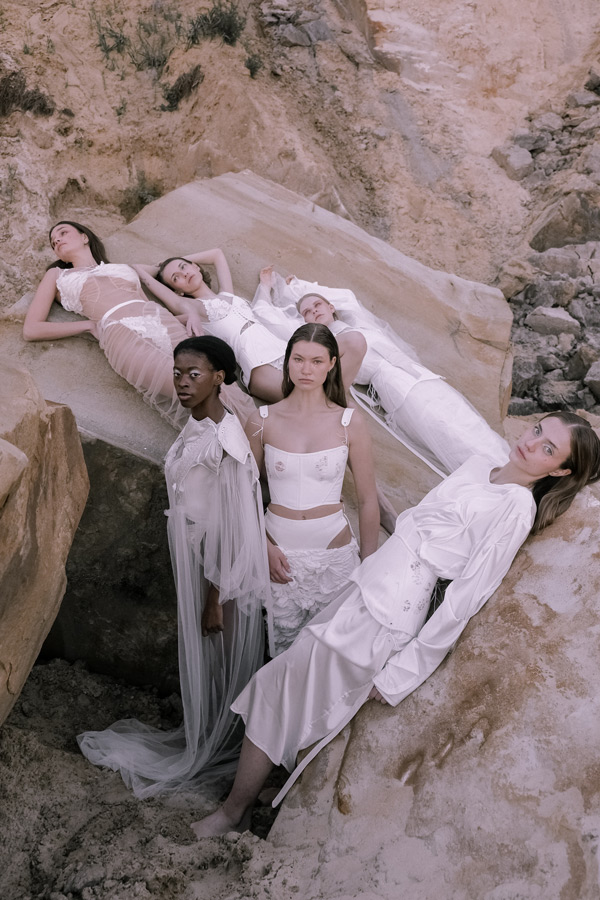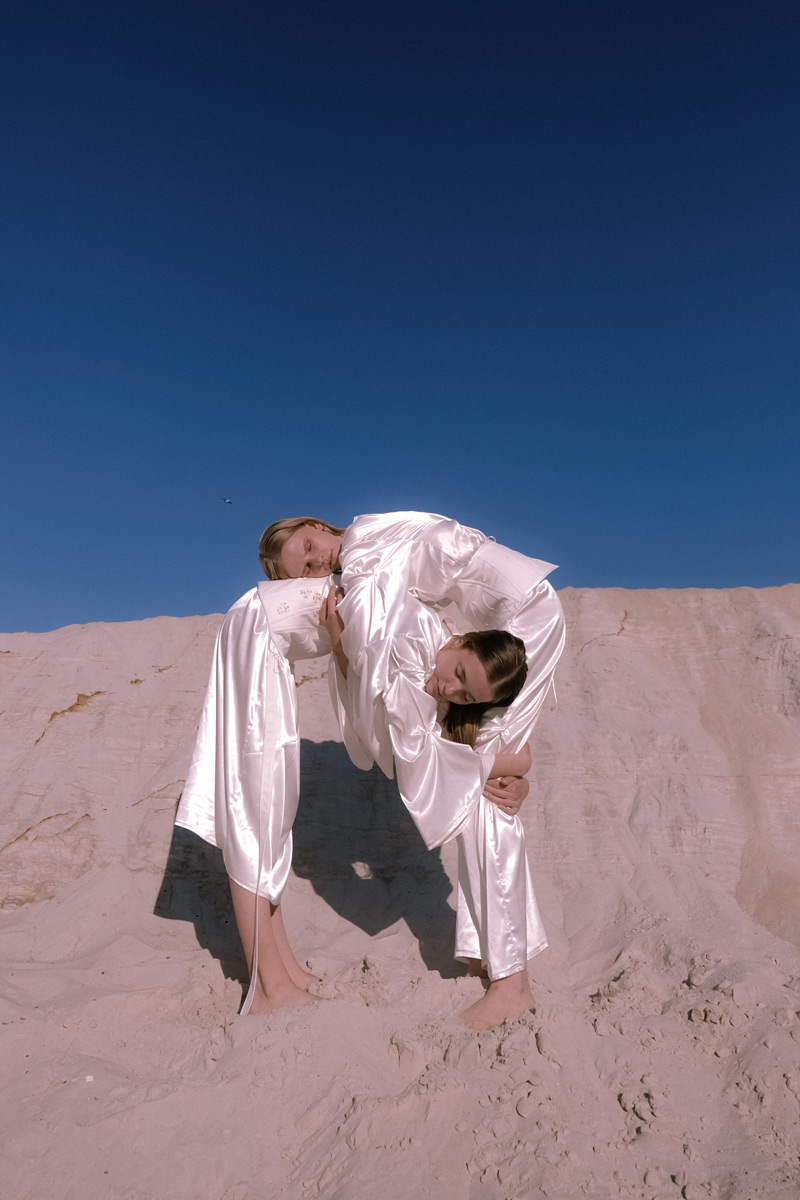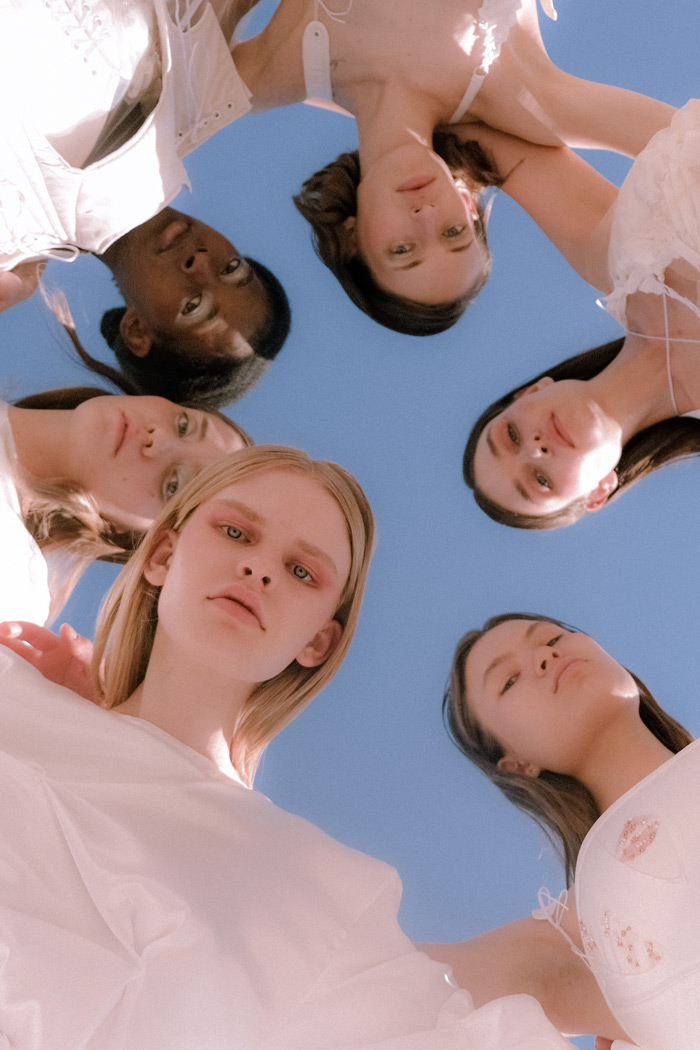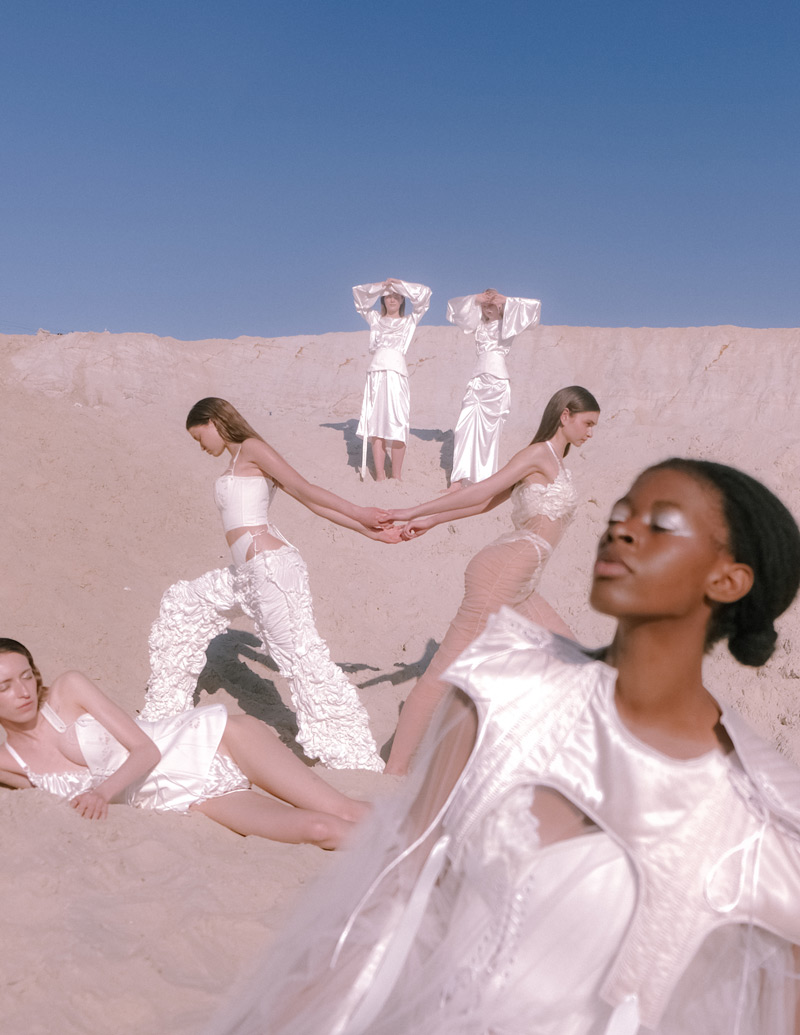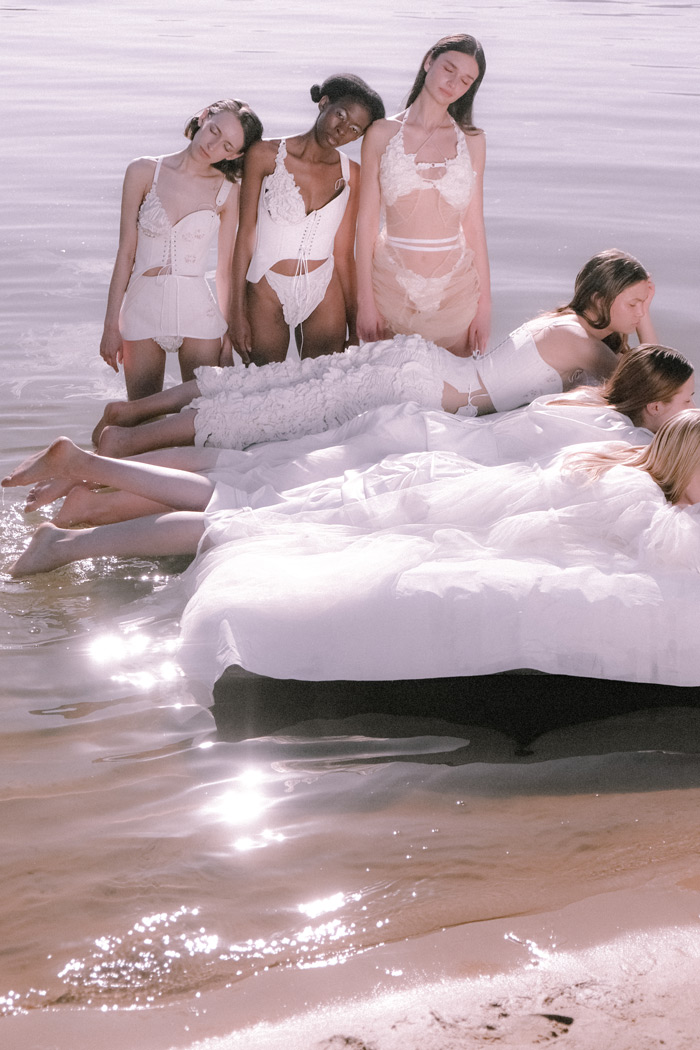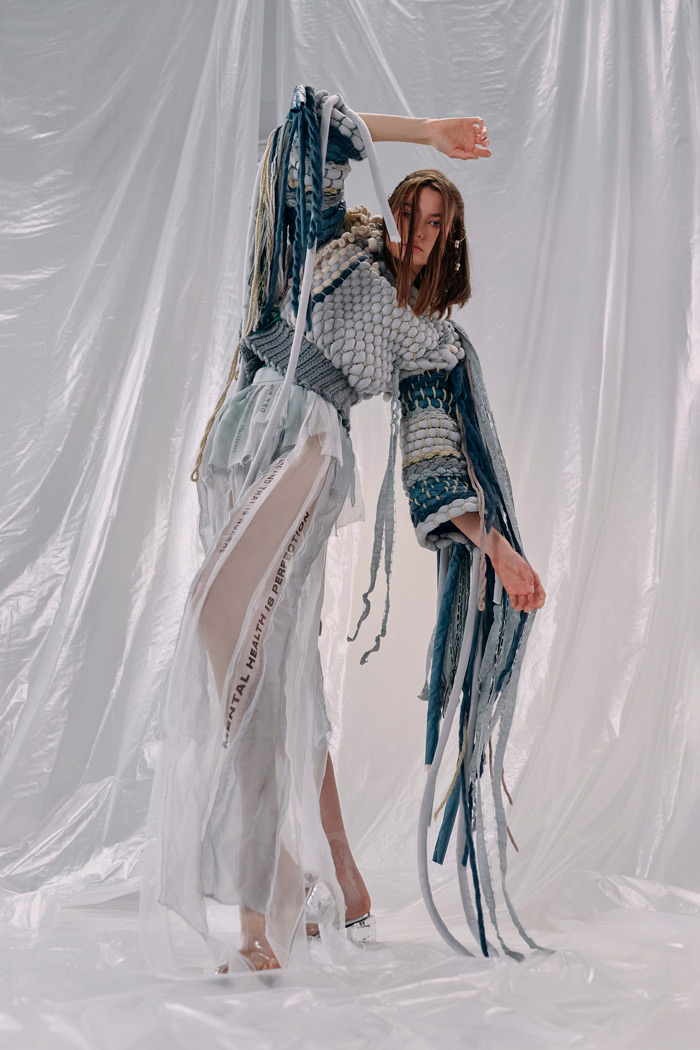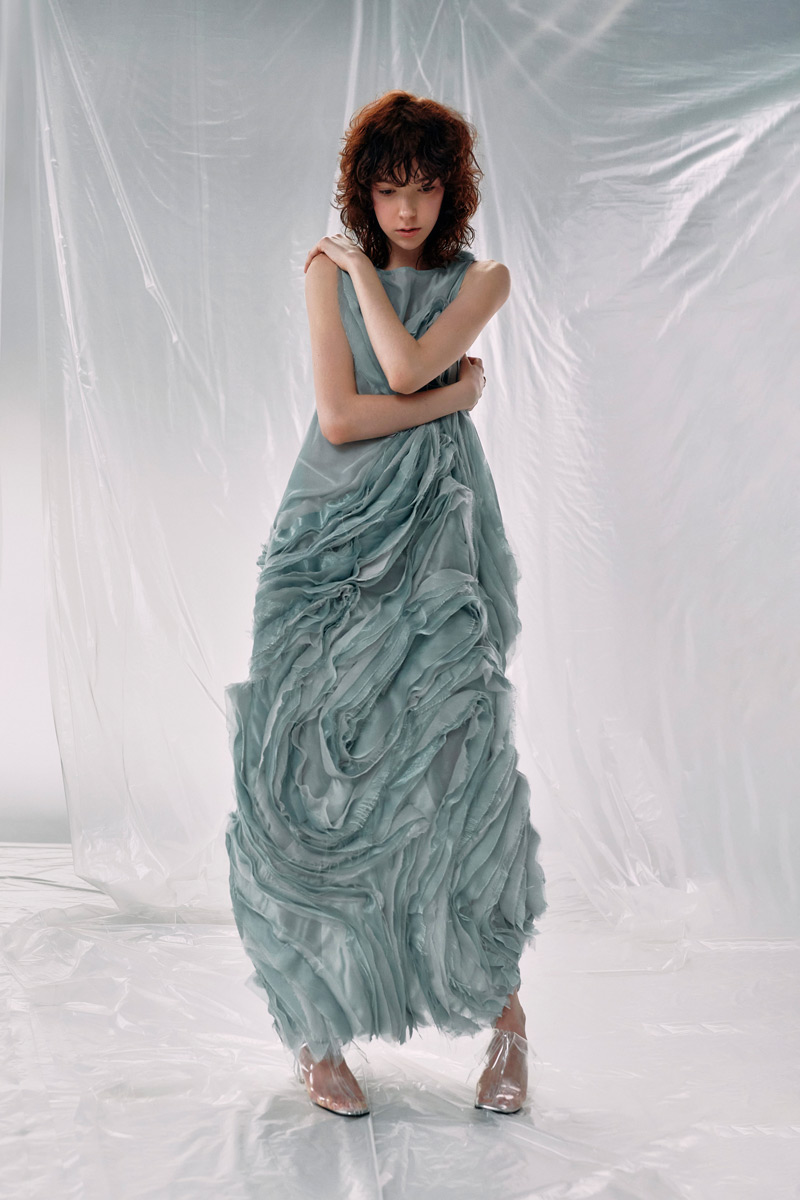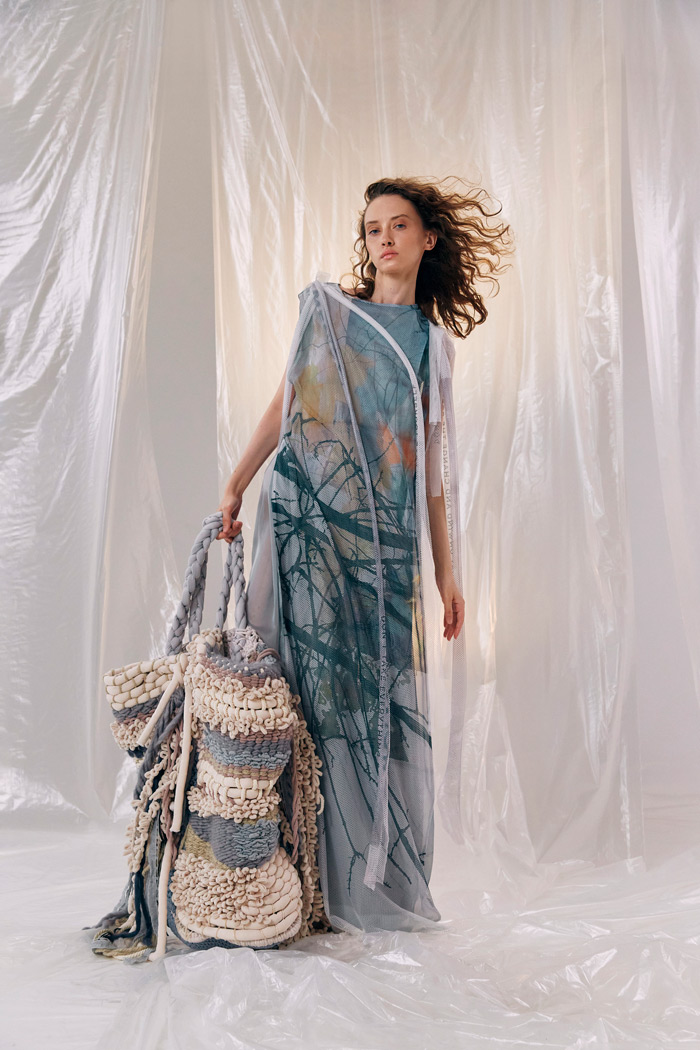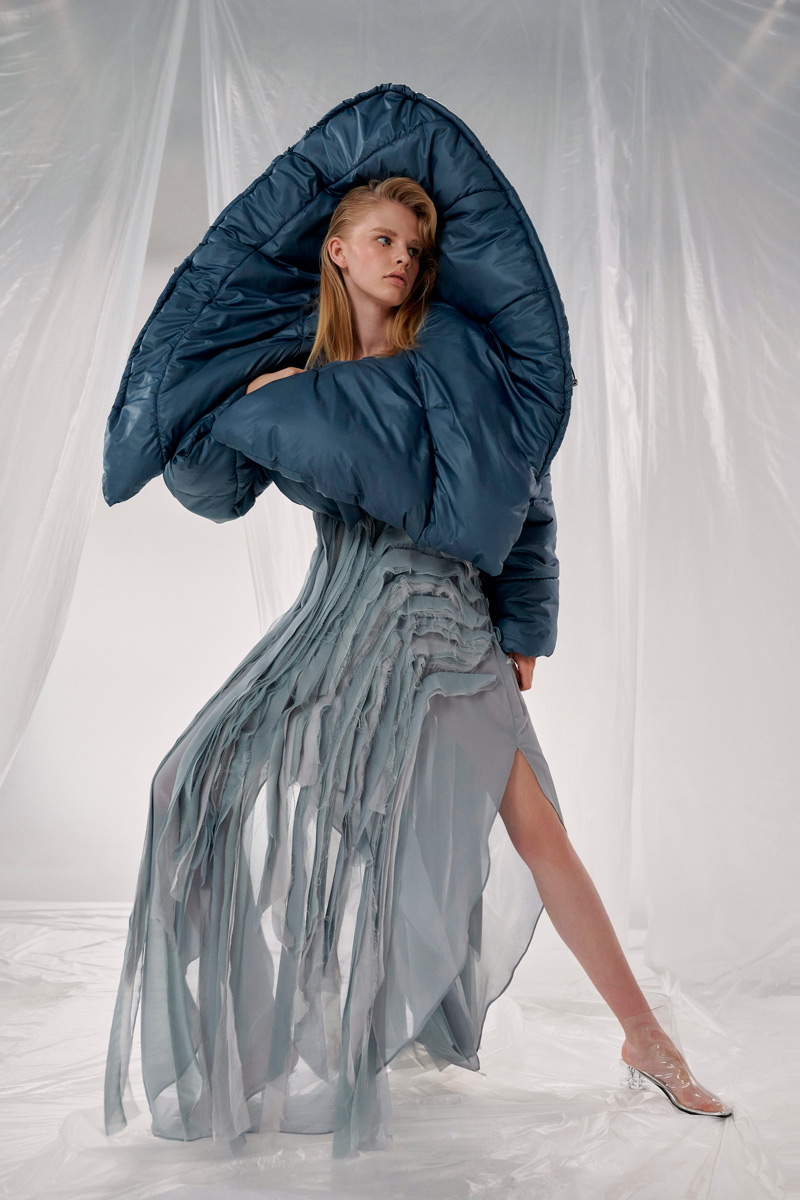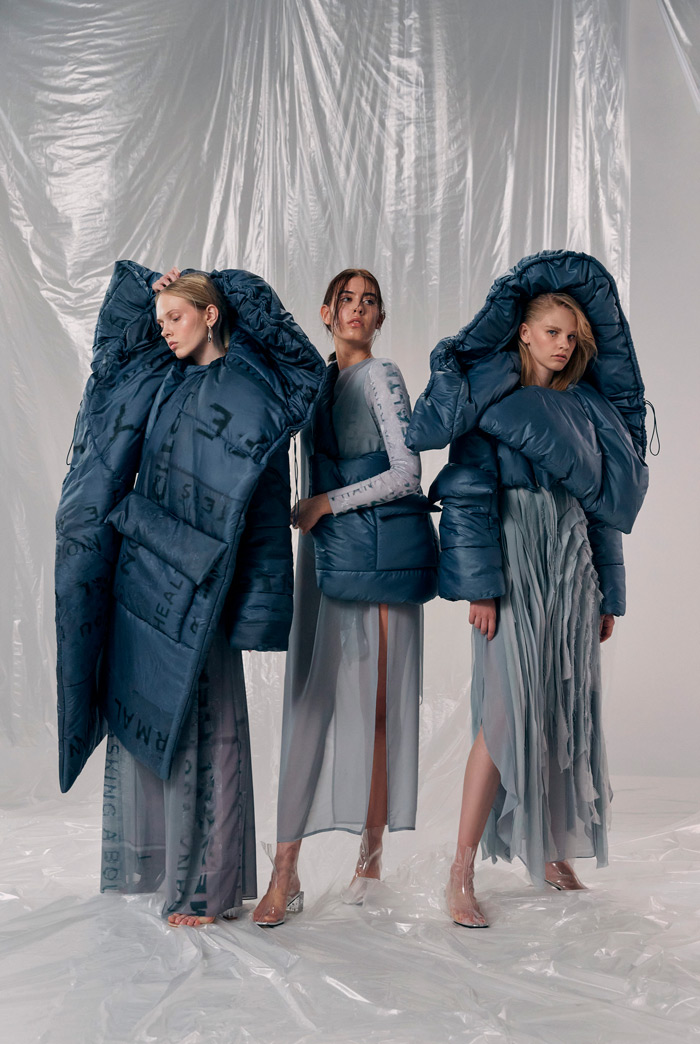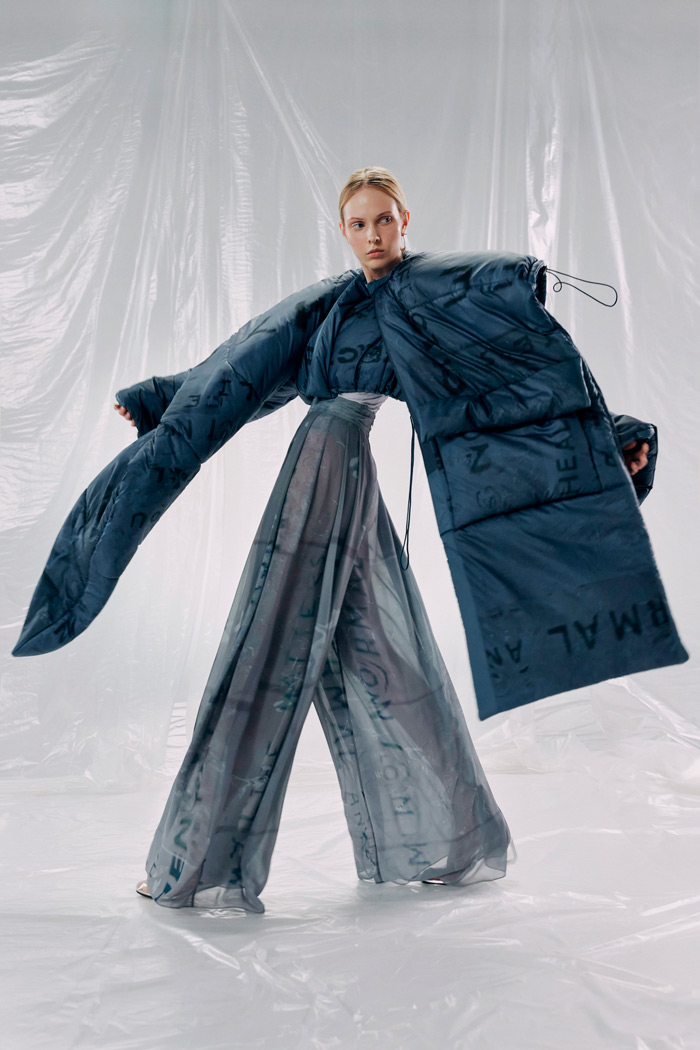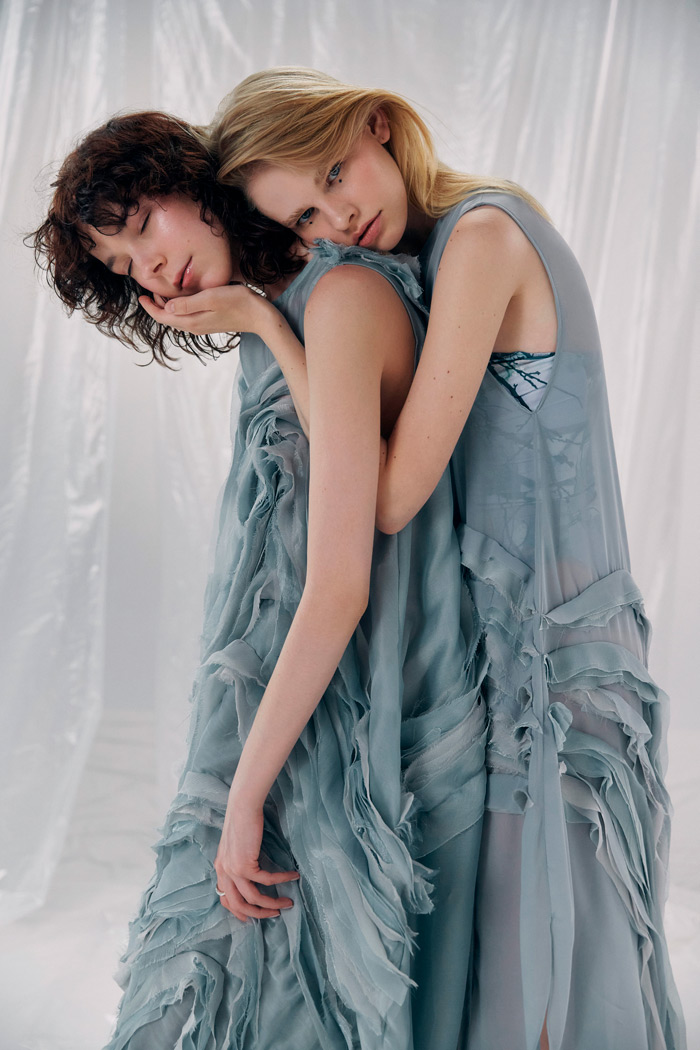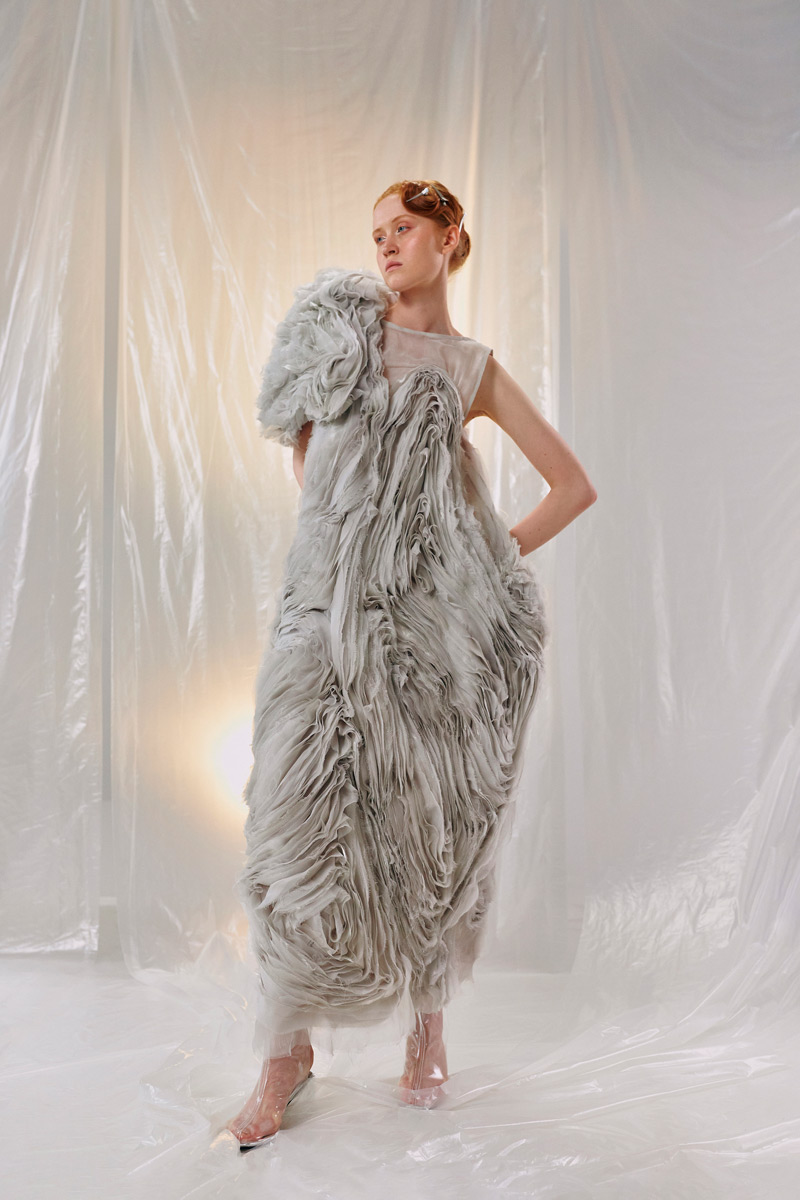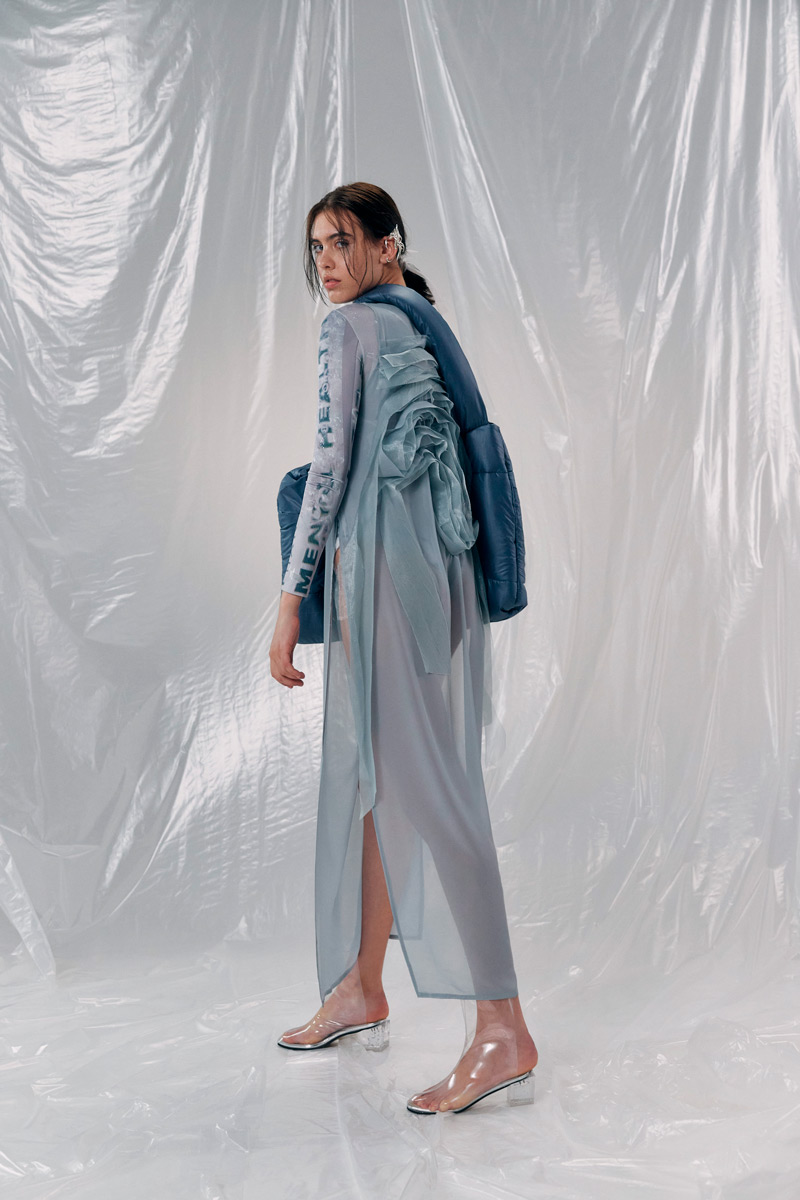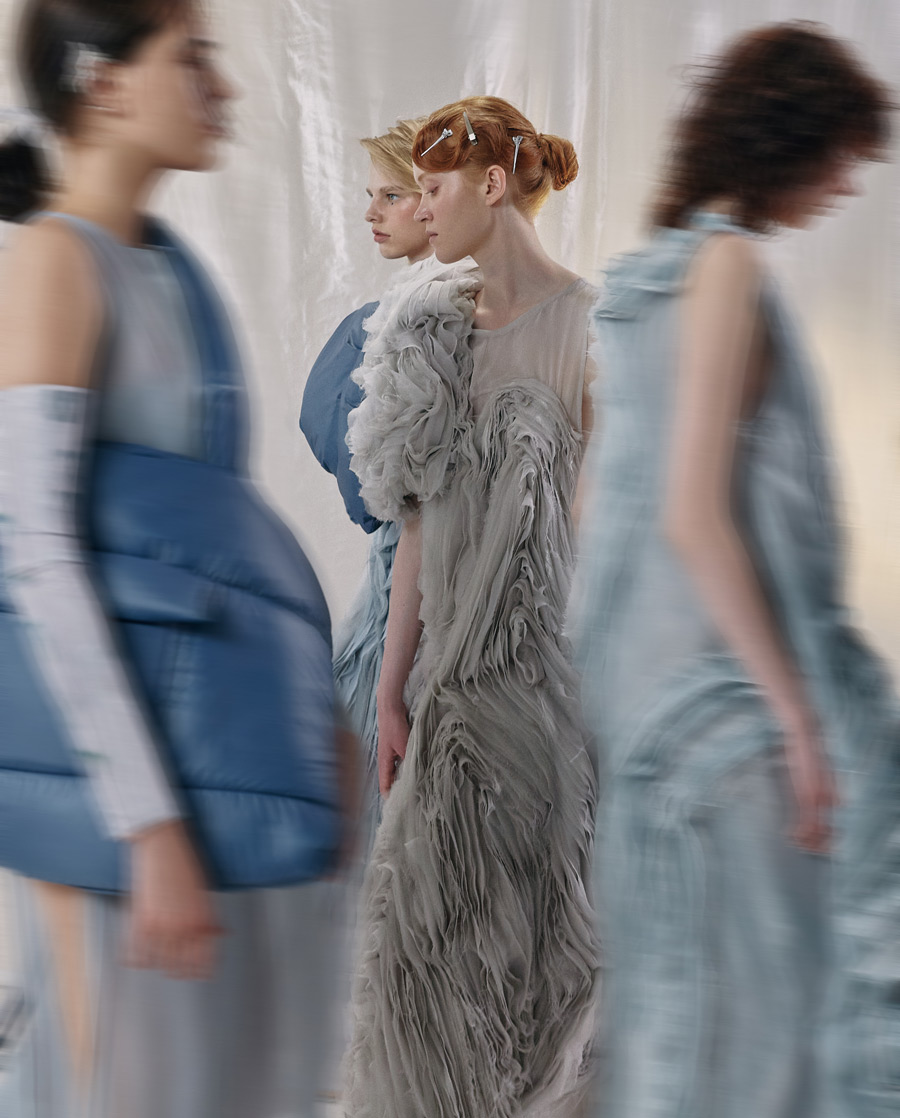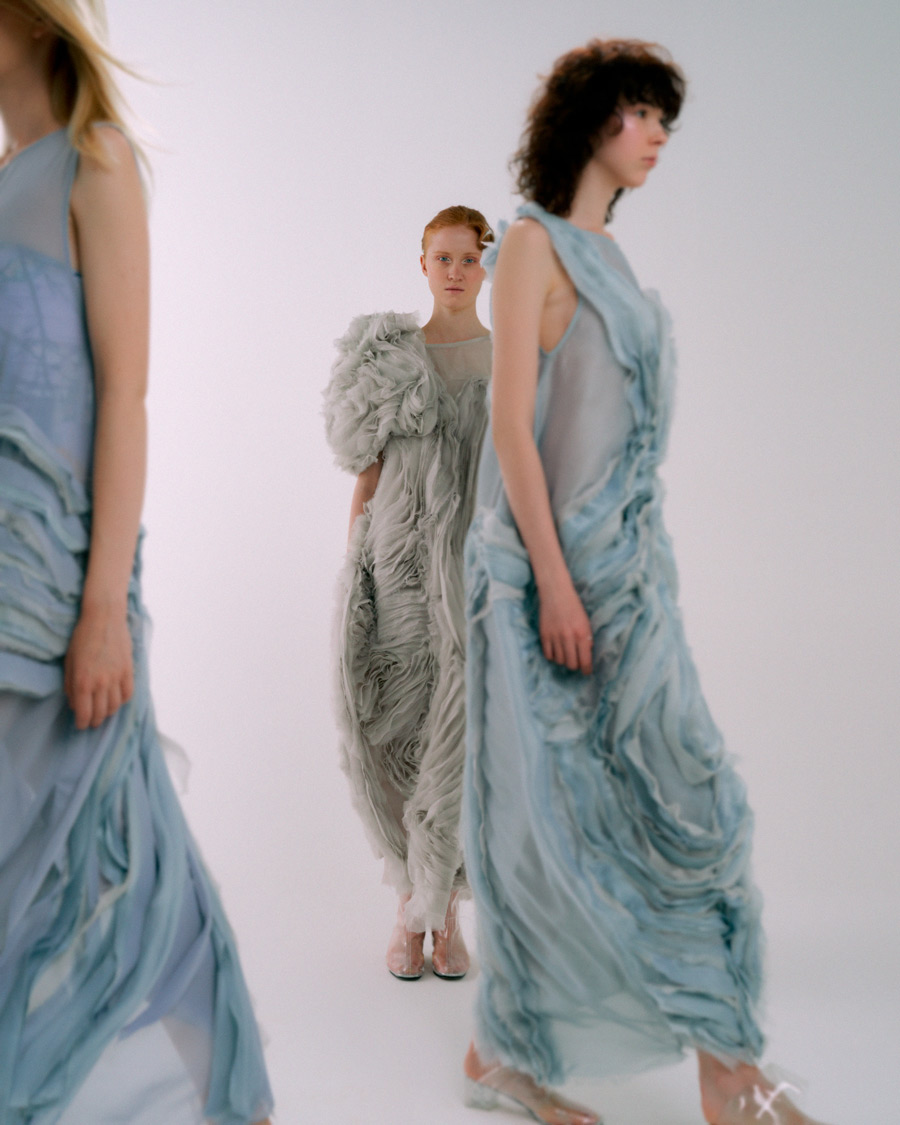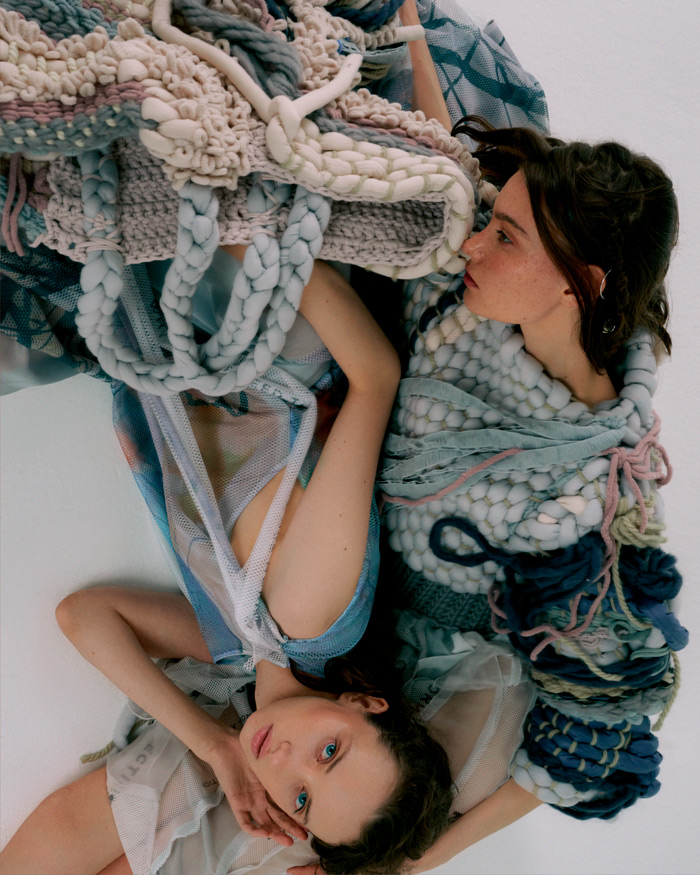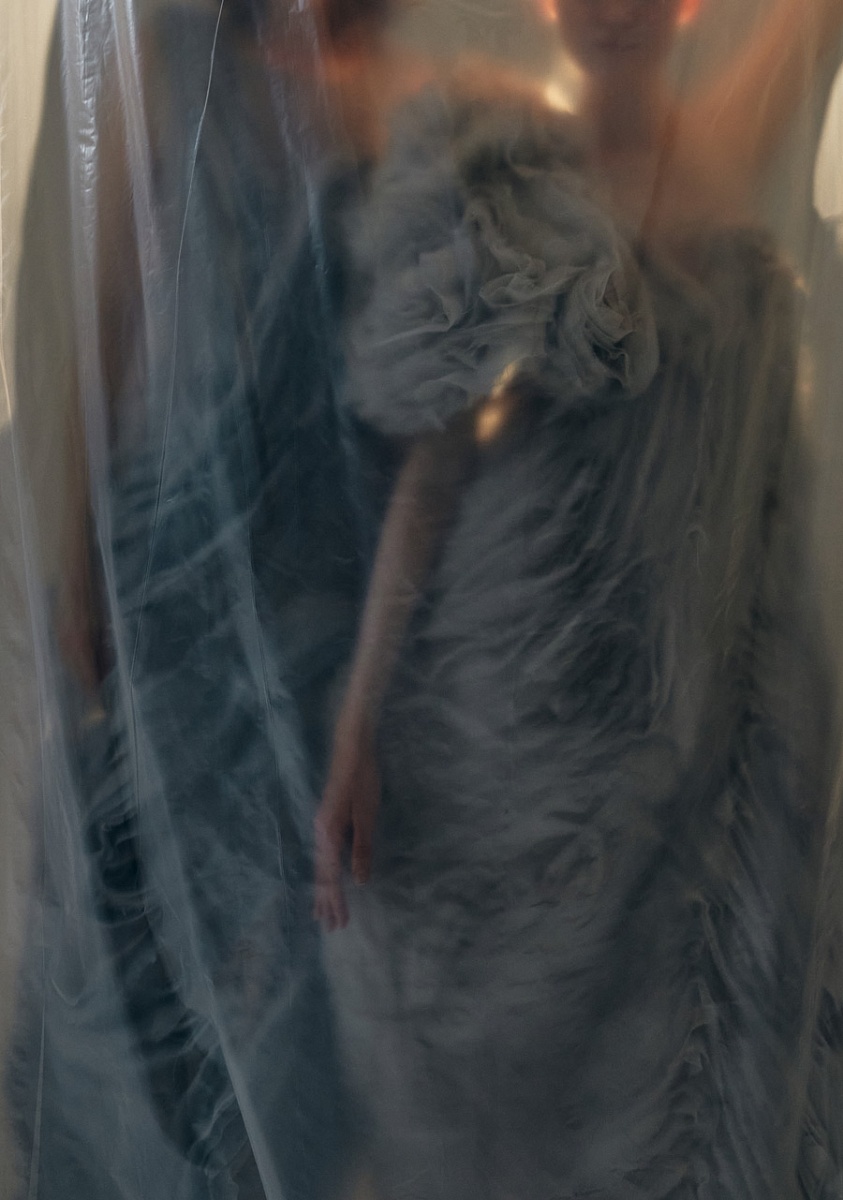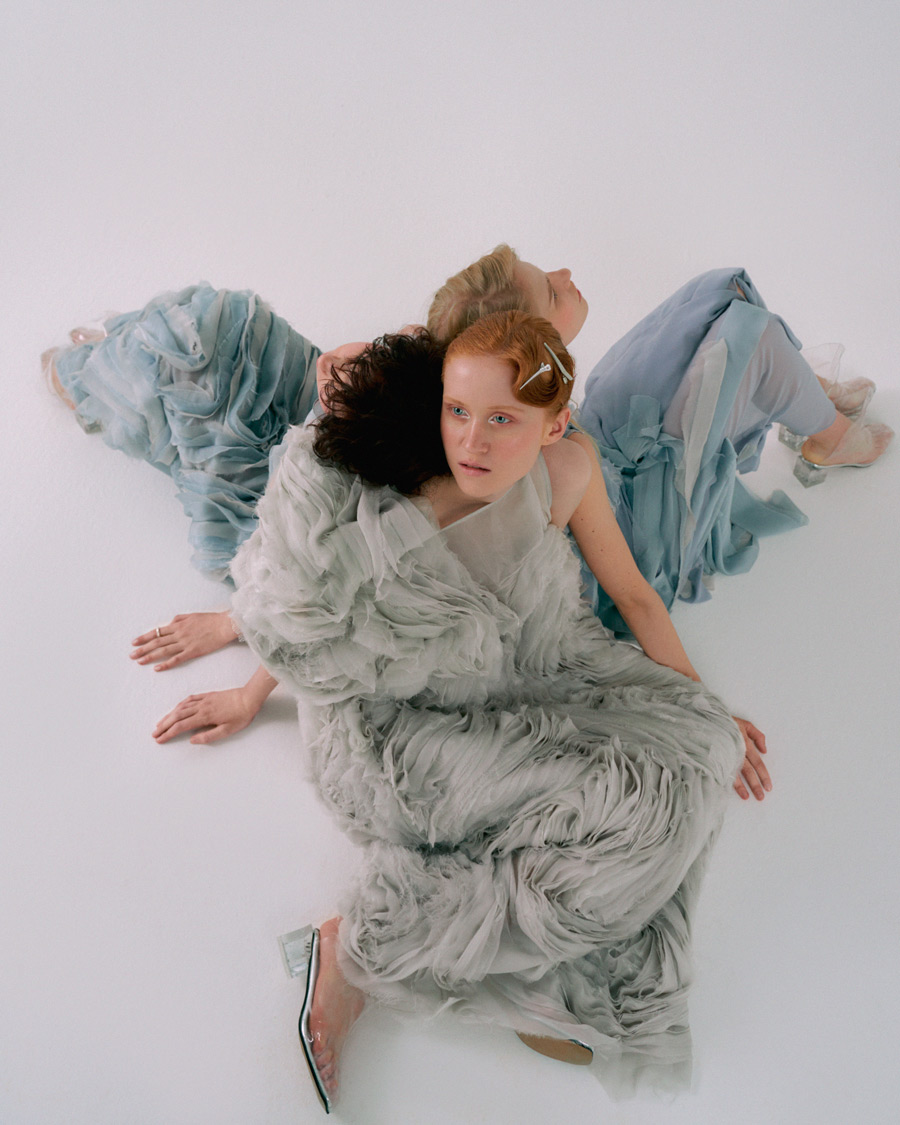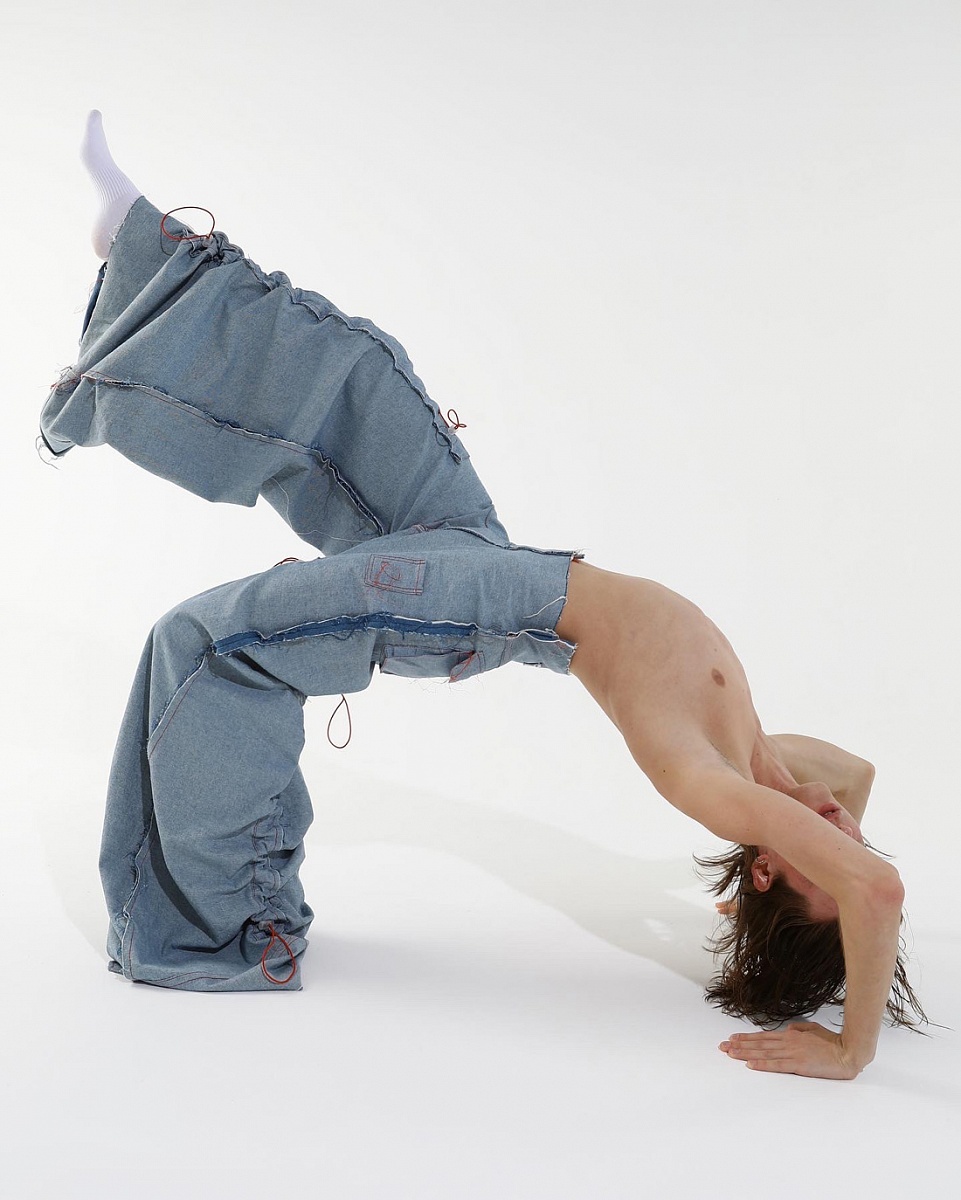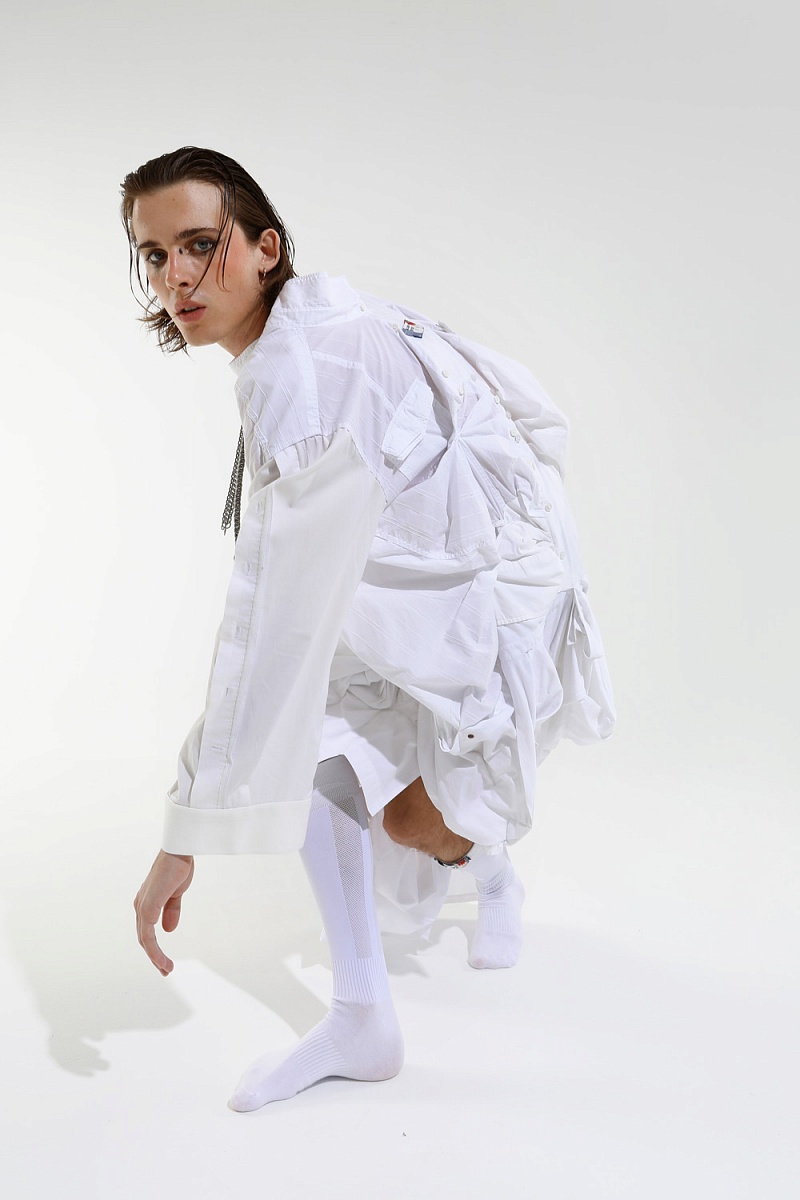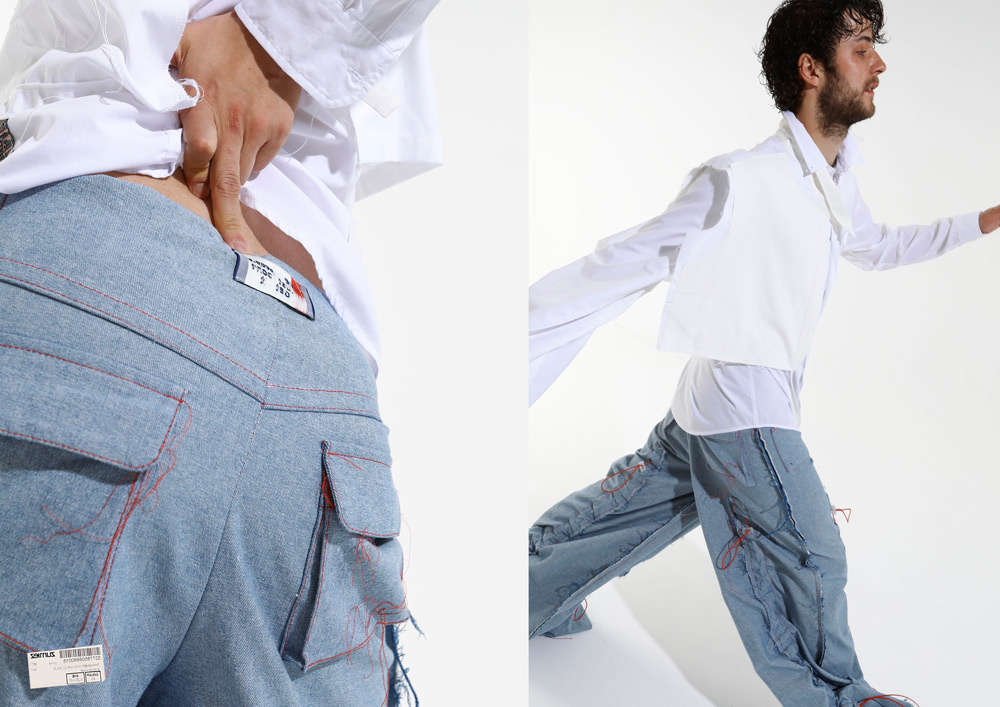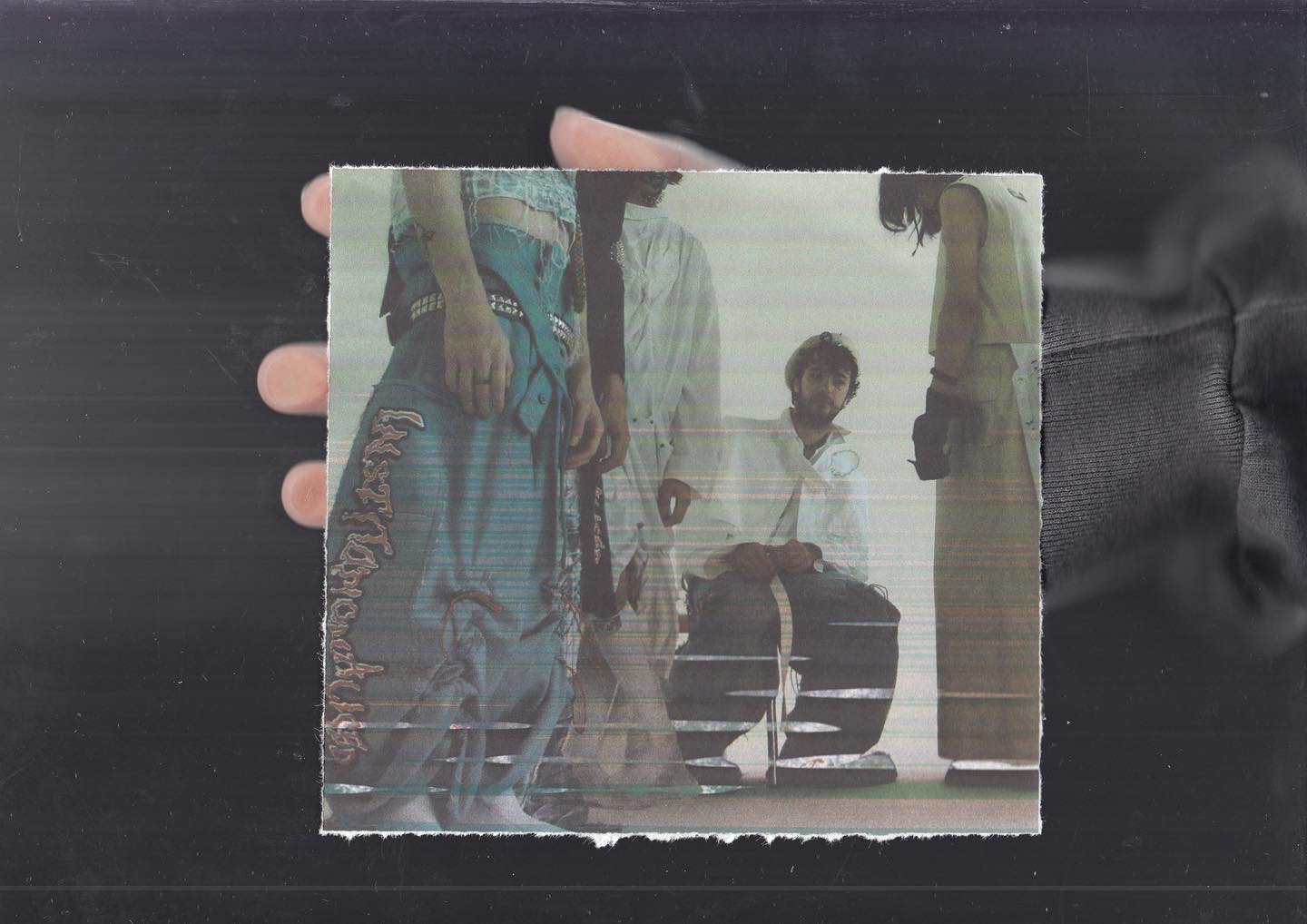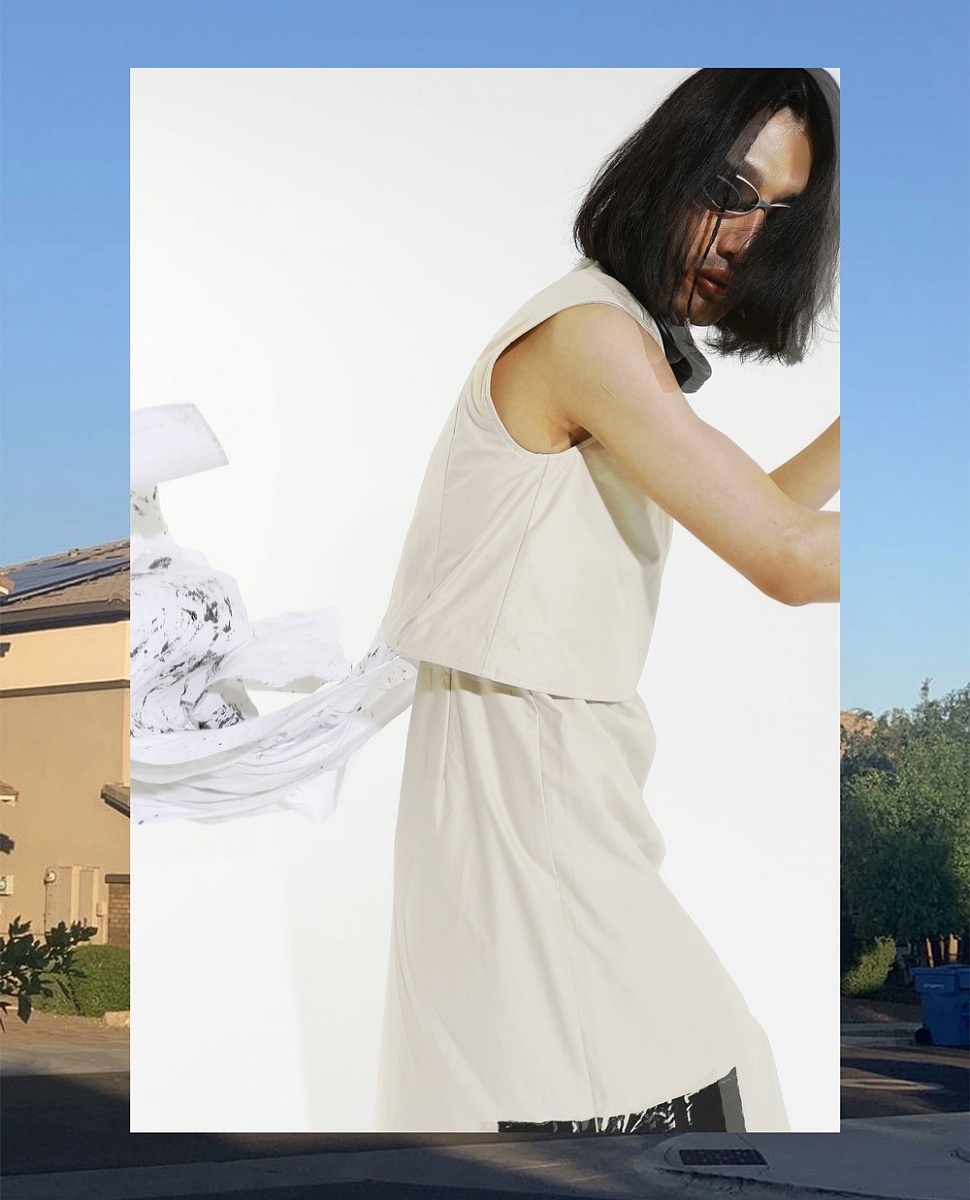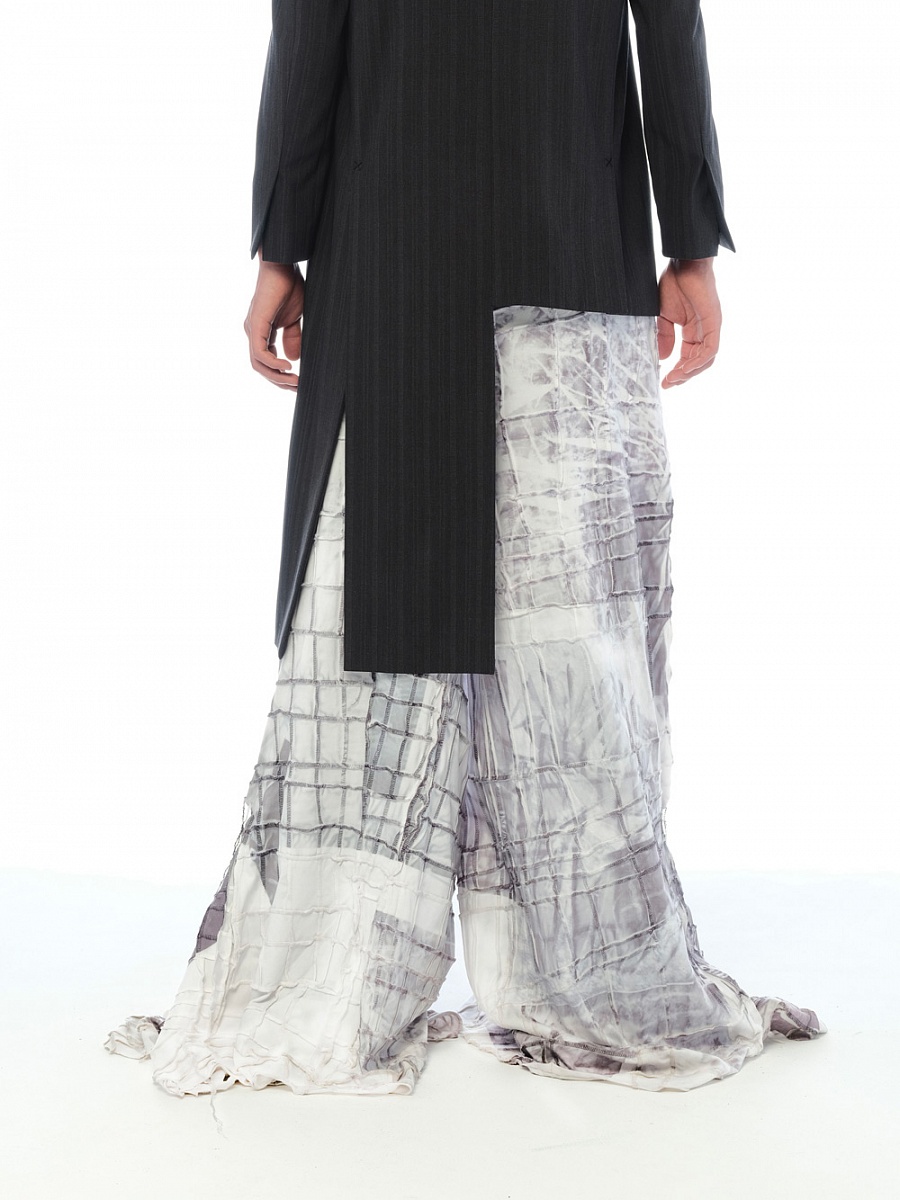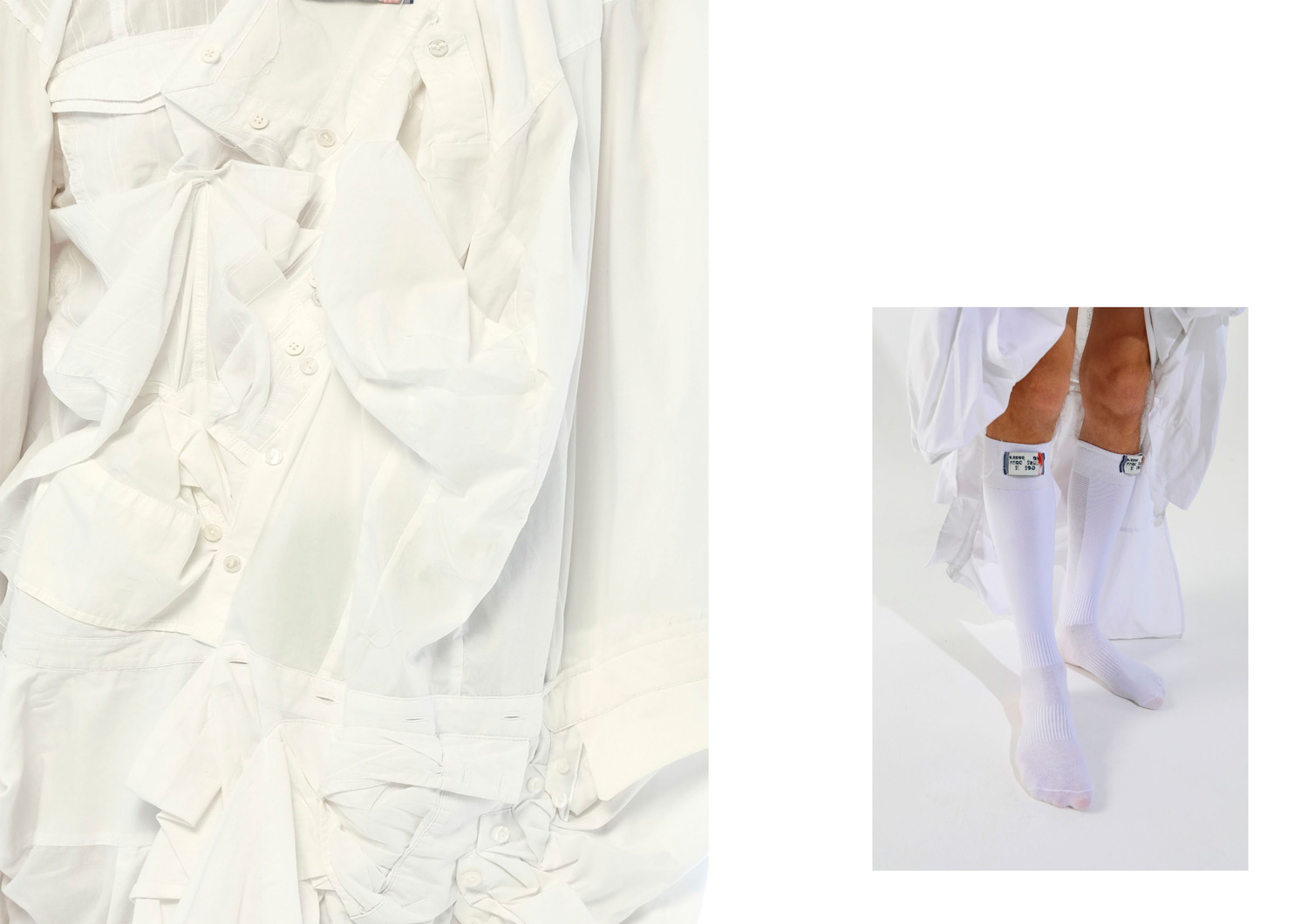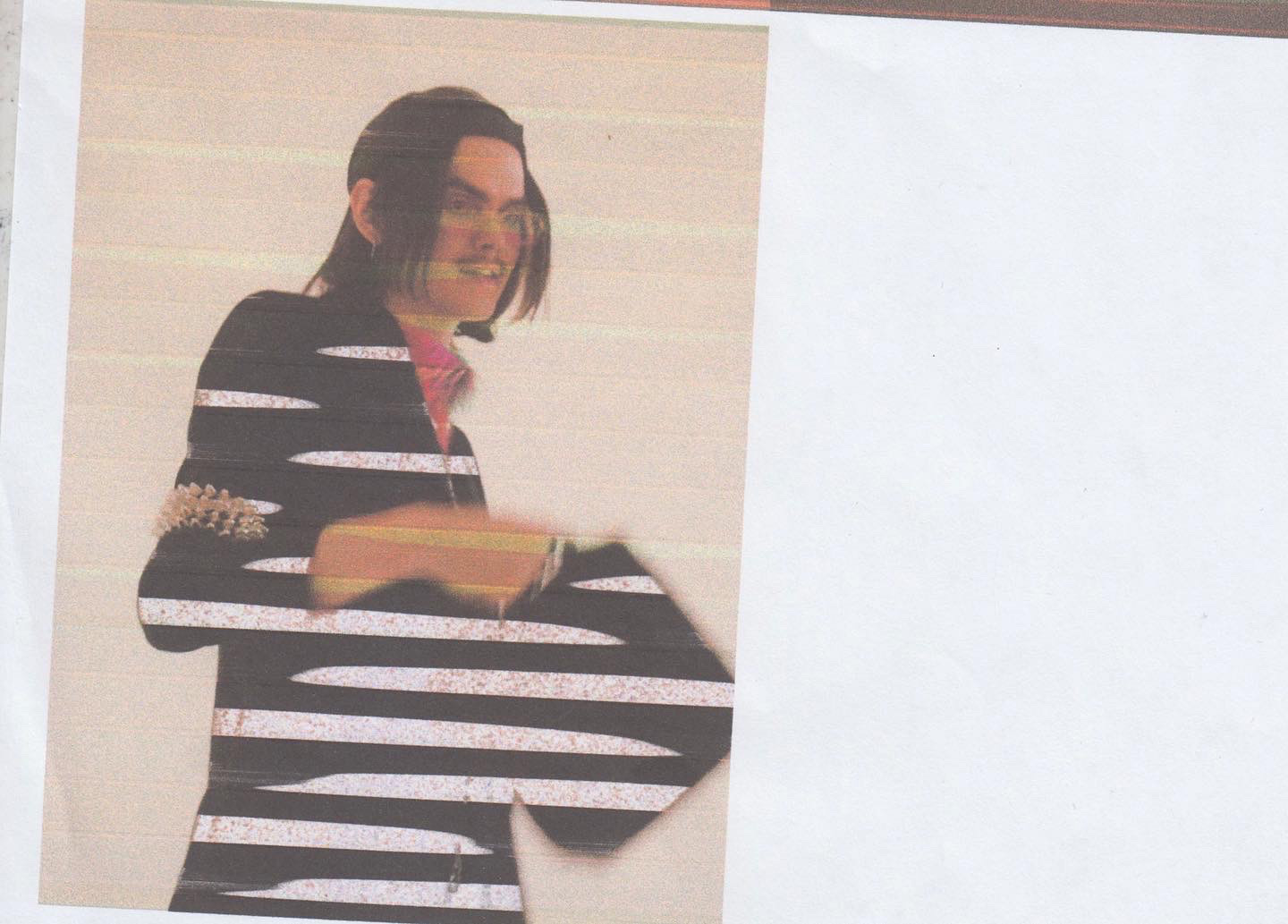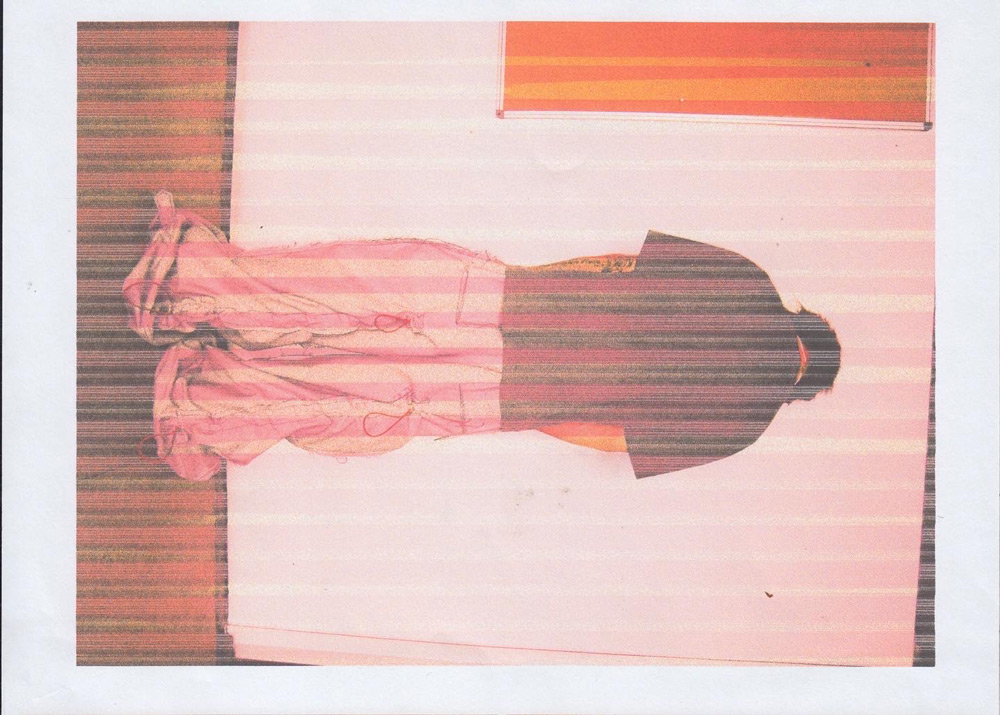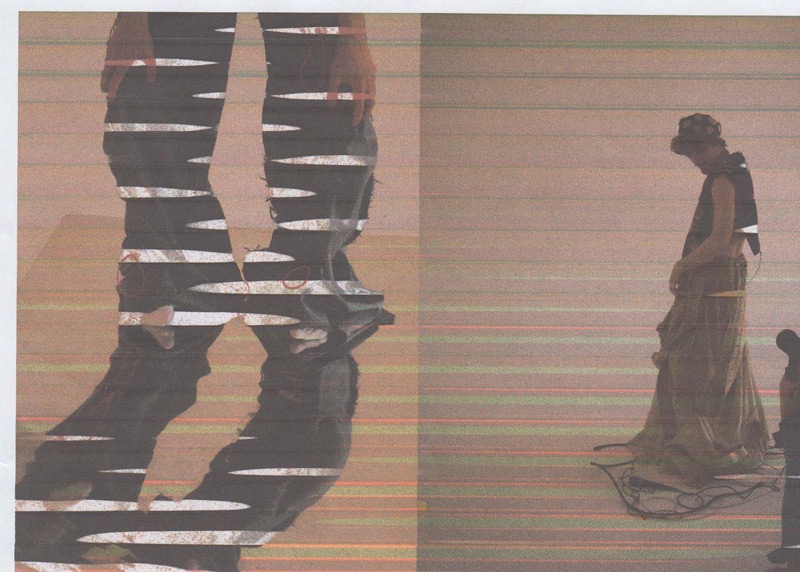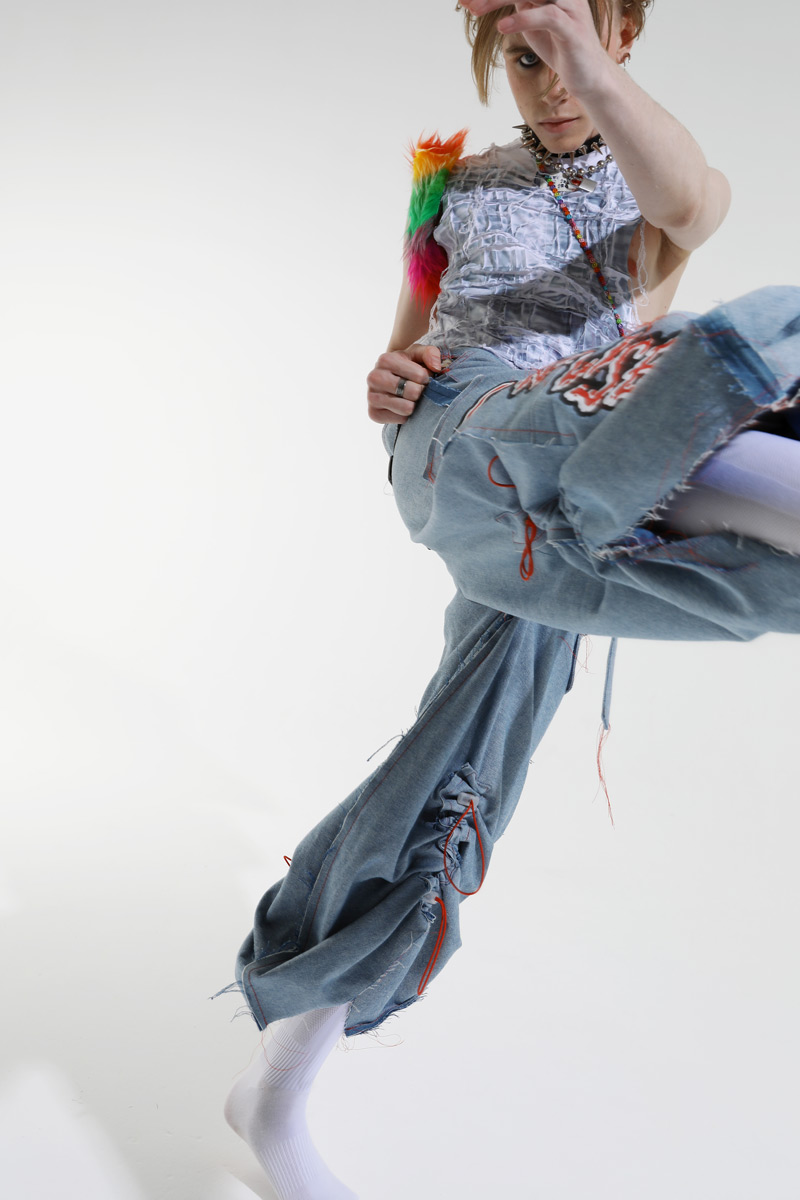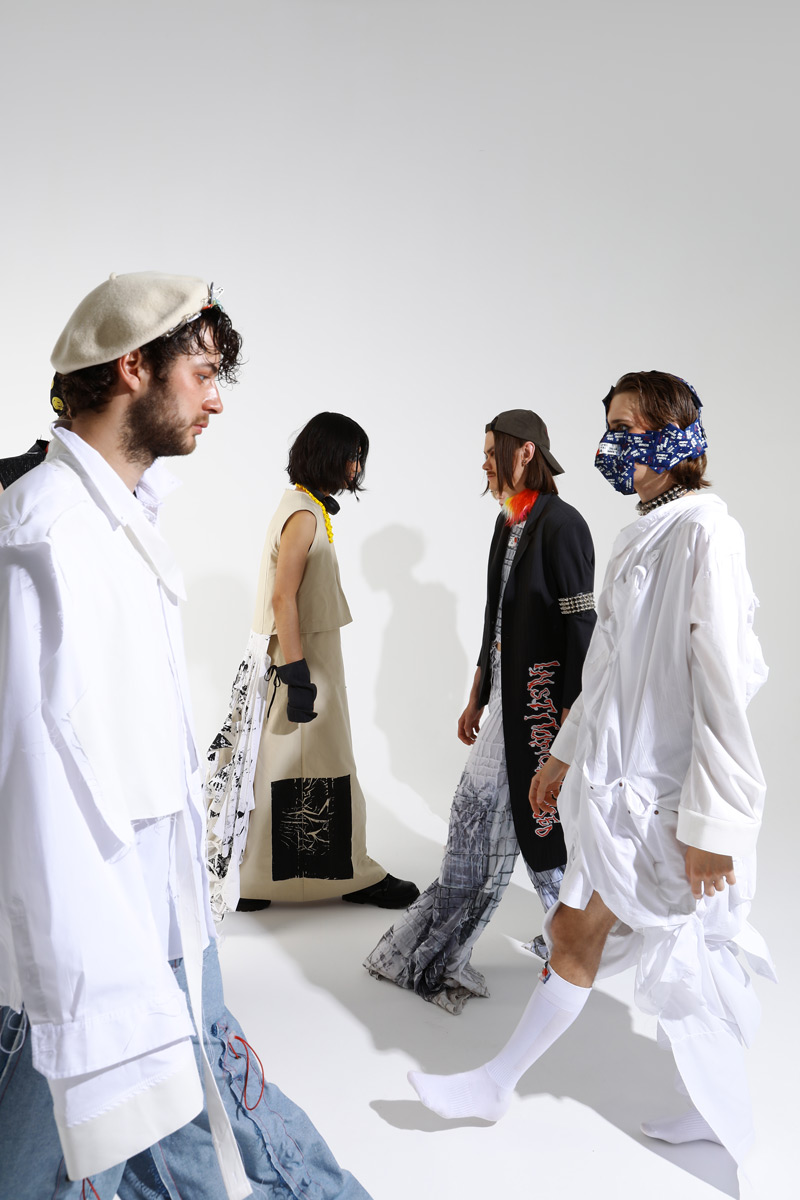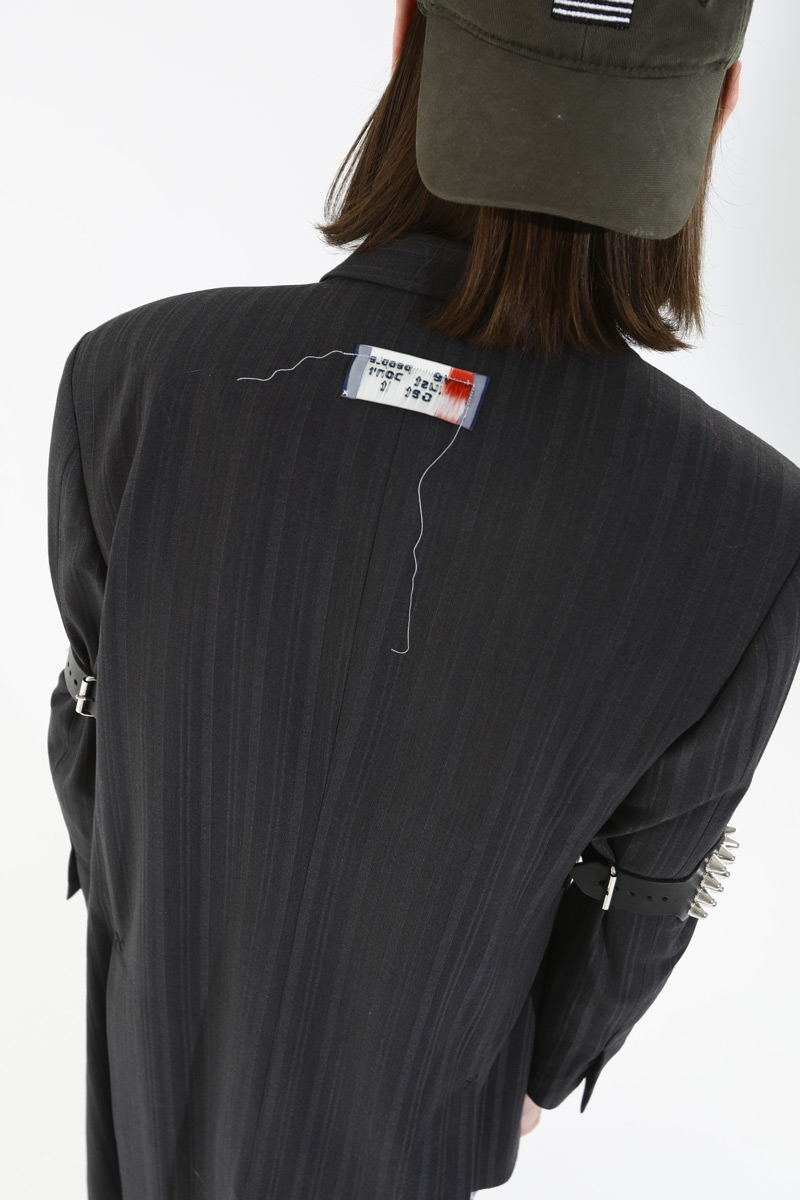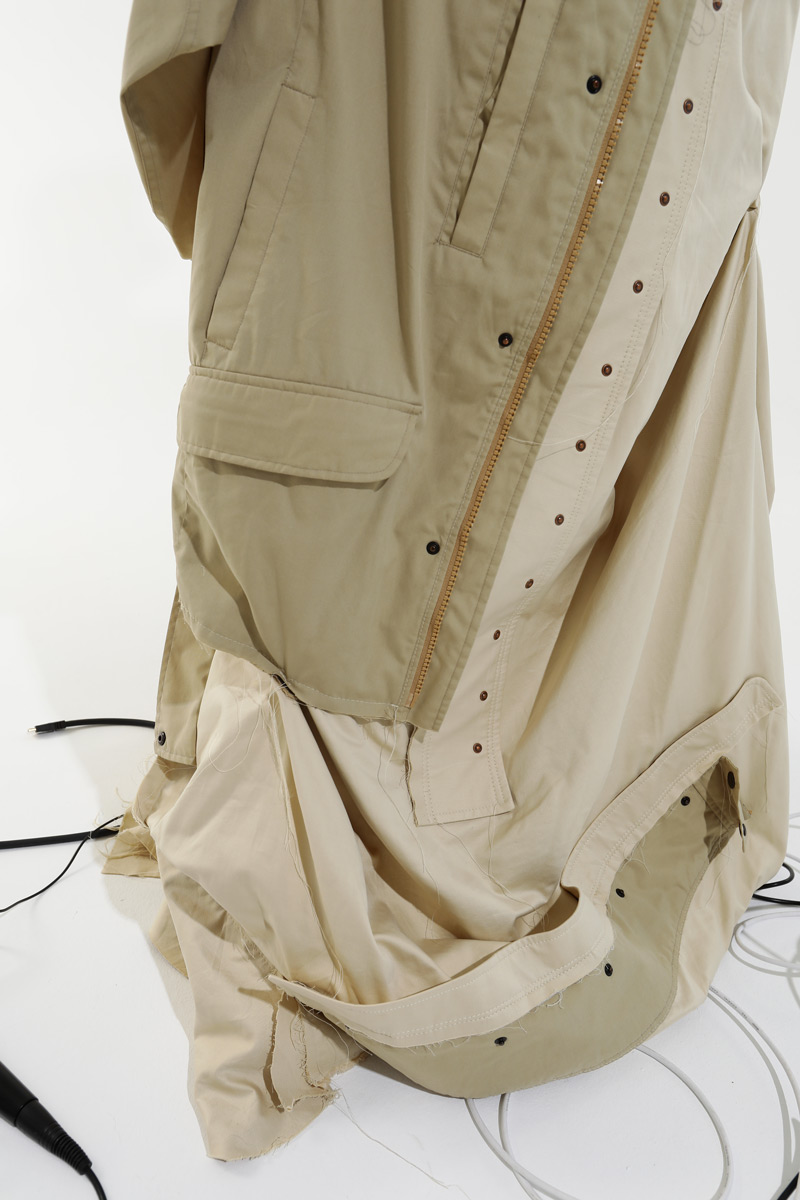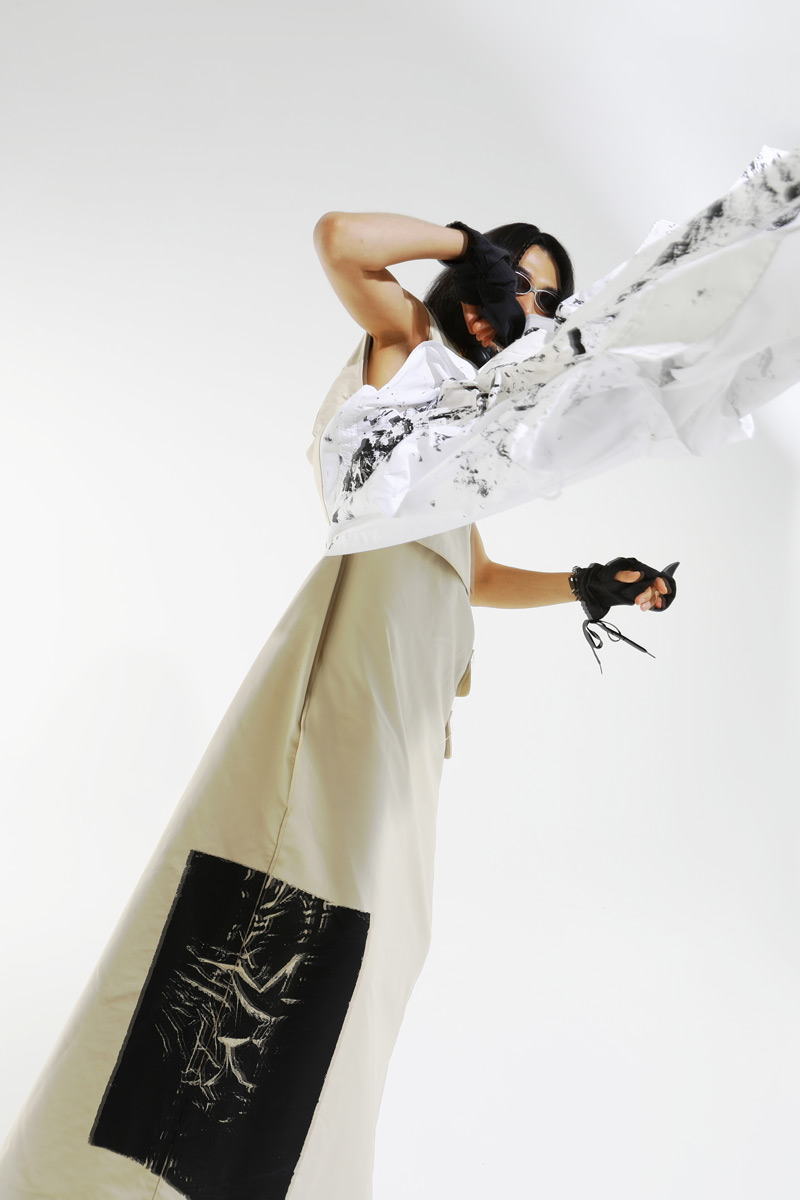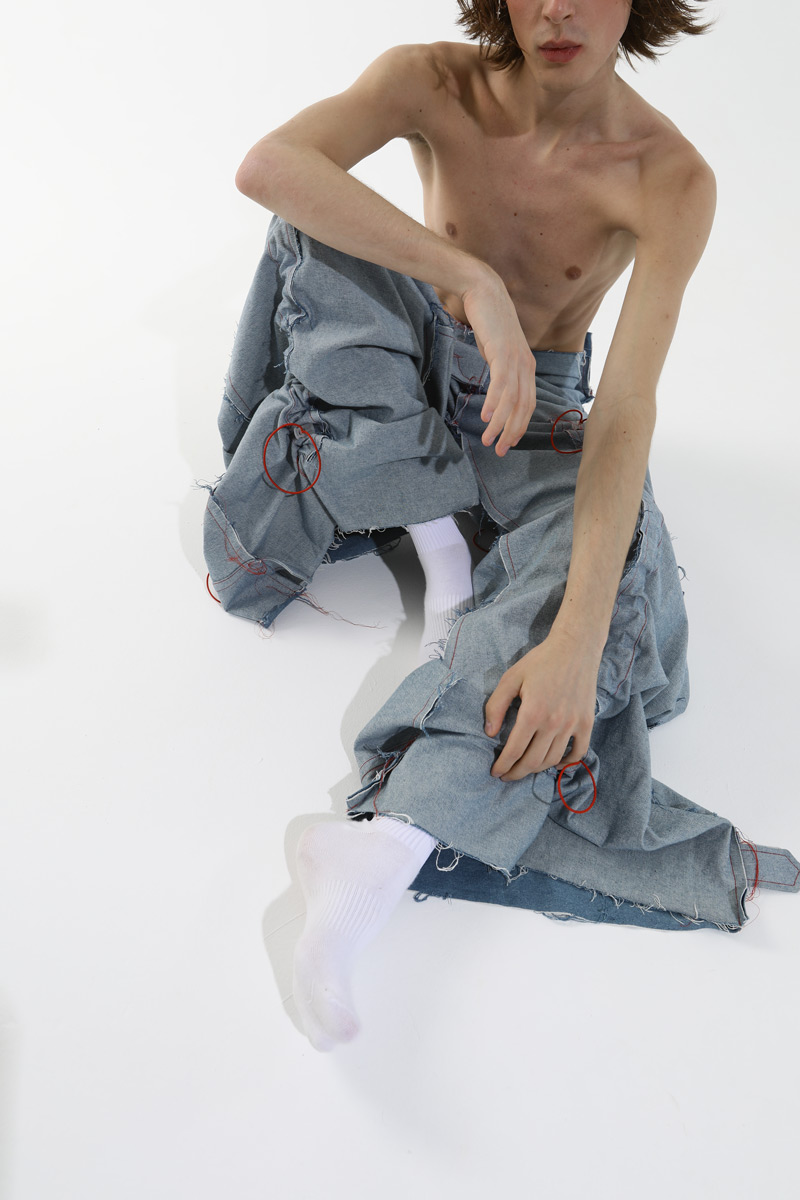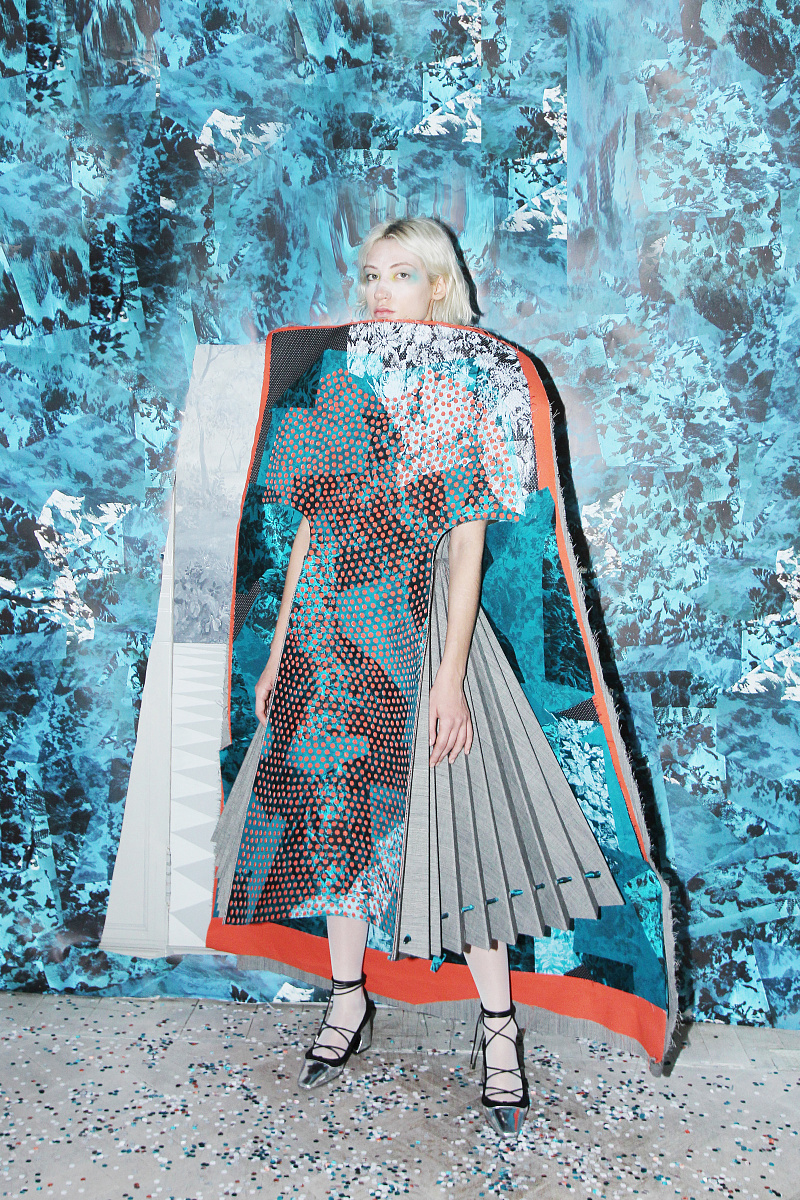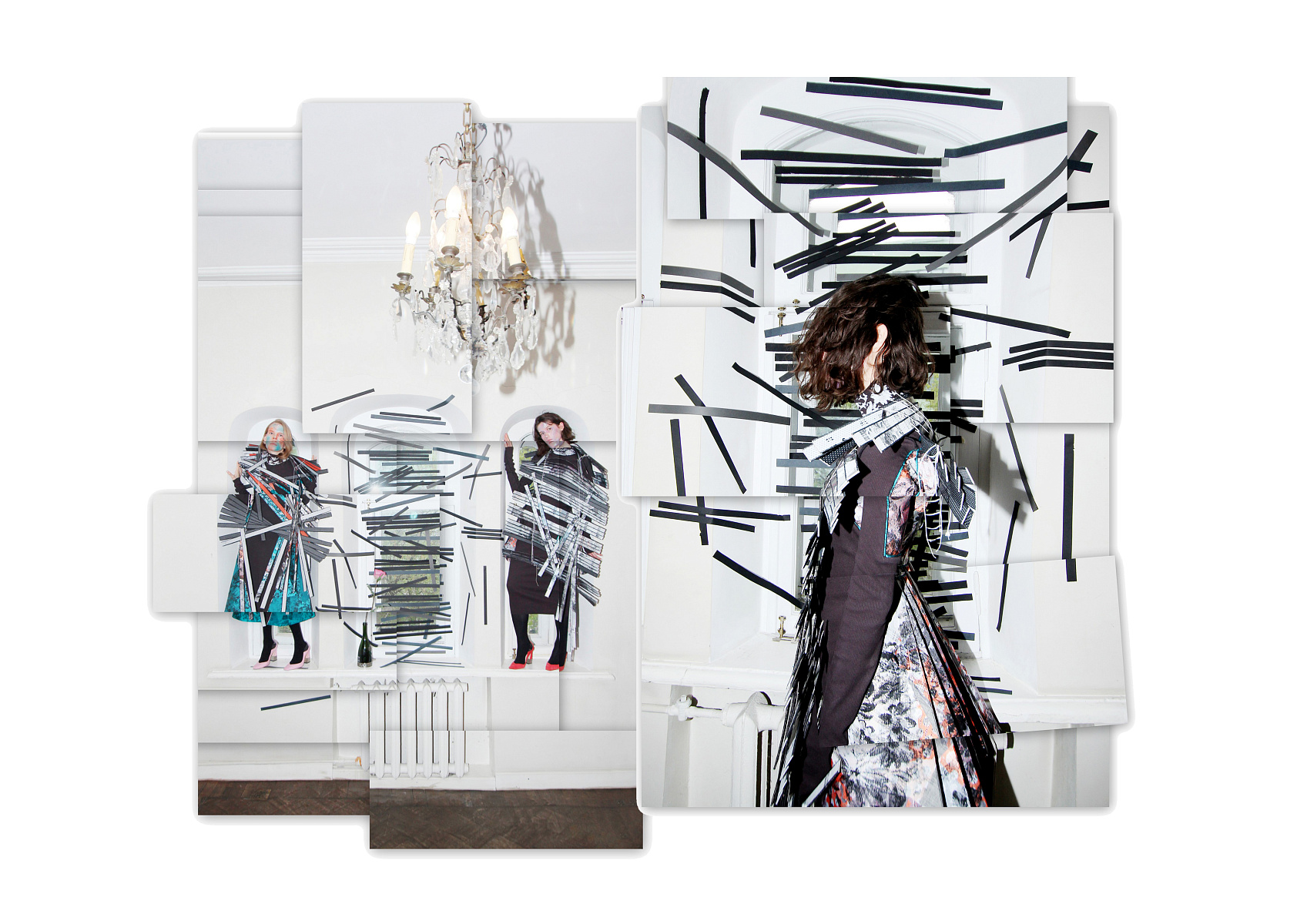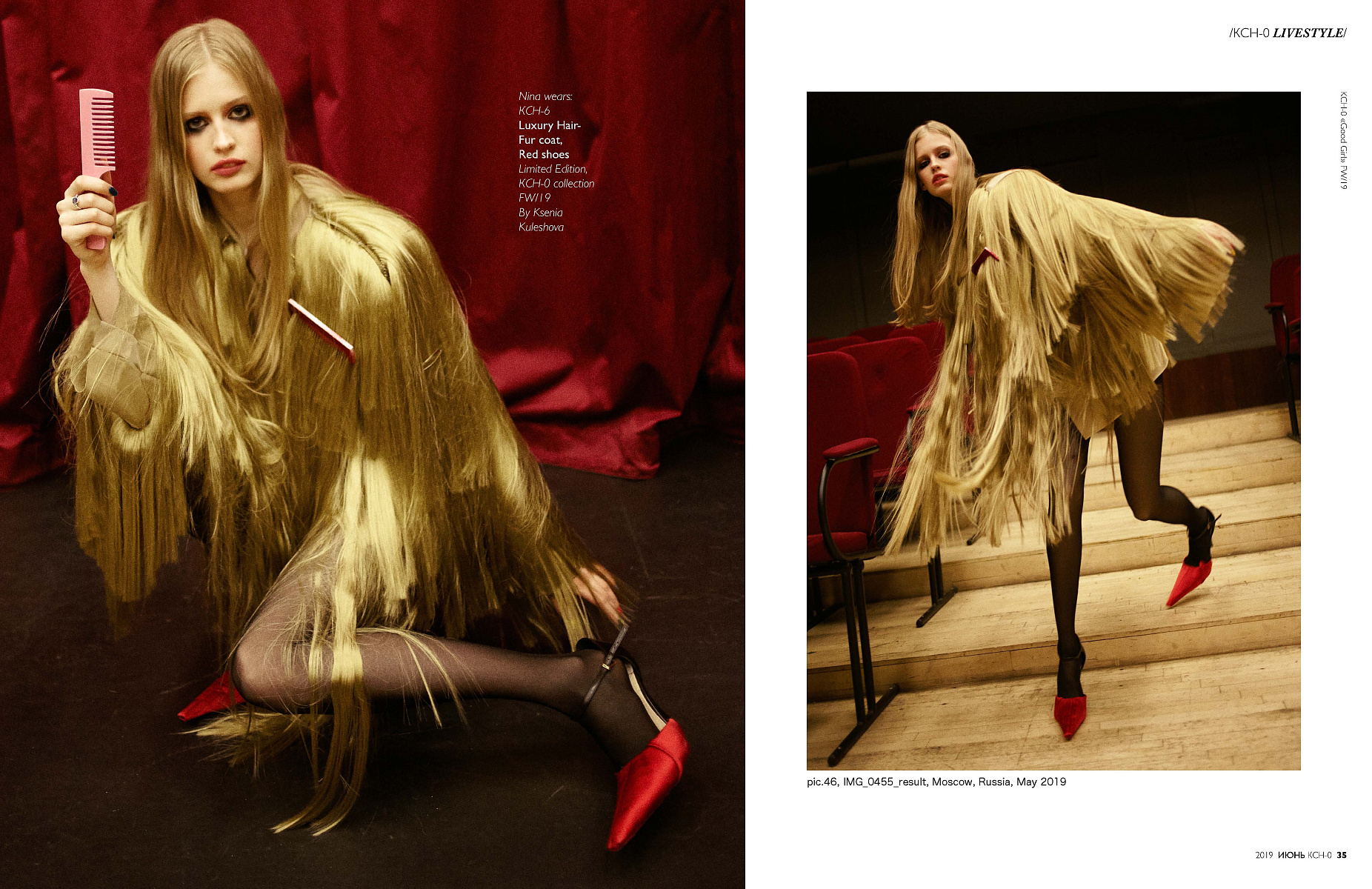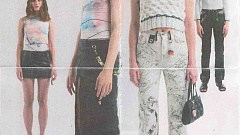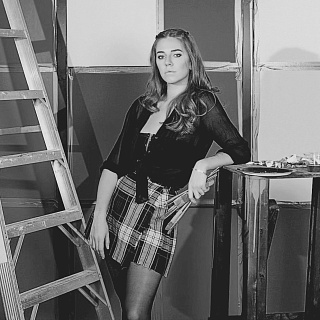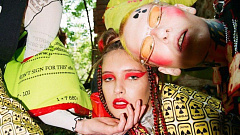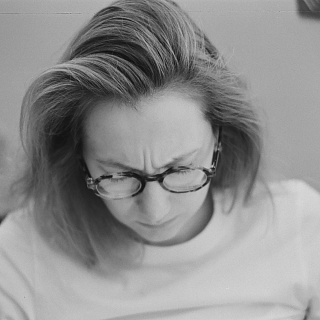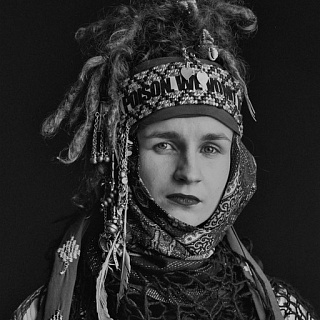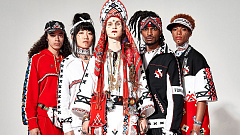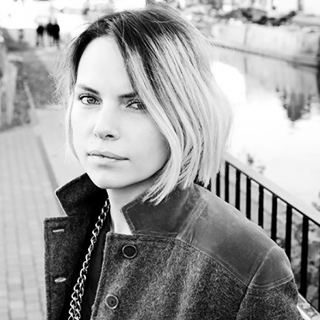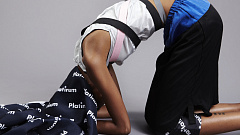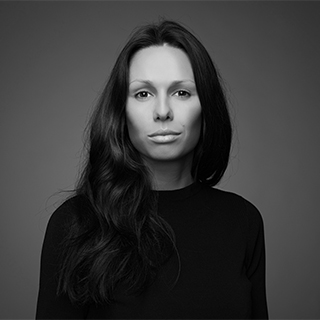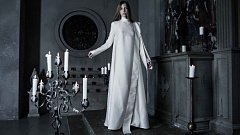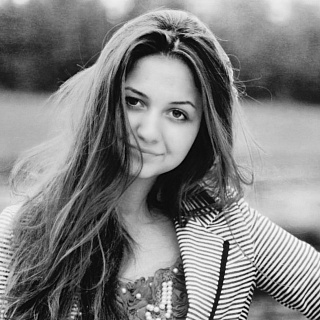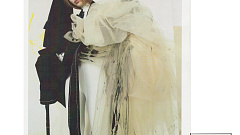Where is my homeland?
About the course
Since its inception in 2008, Fashion Design has provided an unprecedented opportunity for undergraduate students and alumni to challenge, re-define and further establish the creative and professional landscape within Russia. The characteristics of this BA (Hons) Fashion Design Programme reflect the rapidly responsive nature of the fashion industry, one that demands creativity, originality and versatility in a changing global context.
Central to the programme rationale and its structure is the recognition of the current context and opportunities that exist within the current Russian fashion industry and its subsequent expansion at all market levels. The programme is designed to be flexible enough to meet the needs of the industry and to identify and respond to new developing markets, while providing a strong framework to ensure consistency of education and quality of results.
The course philosophy is to create a learning environment in which innovation, invention and originality are nurtured and championed. Students will be encouraged to achieve the necessary balance between imaginative visual ideas and commercial and professional considerations, which will allow them to either support or challenge prevailing fashion in an intelligent and thoughtful manner.
The programme continues to develop links with both the local and international fashion industry and provides students with live projects and professional feedback from visiting industry professionals.
Students will increasingly consider some of the key contemporary issues related to the fashion industry, such as the evolving role of the designer within a changing global context, sustainability and social responsibility. Overall, we aim to cultivate a learning environment to enable the development of independent, innovative and responsible fashion graduates with a thoughtful and imaginative approach to the ever-changing fashion industry, both locally and internationally.
Britanka Degree Show 2022
Central to the programme rationale and its structure is the recognition of the current context and opportunities that exist within the current Russian fashion industry and its subsequent expansion at all market levels. The programme is designed to be flexible enough to meet the needs of the industry and to identify and respond to new developing markets, while providing a strong framework to ensure consistency of education and quality of results.
The course philosophy is to create a learning environment in which innovation, invention and originality are nurtured and championed. Students will be encouraged to achieve the necessary balance between imaginative visual ideas and commercial and professional considerations, which will allow them to either support or challenge prevailing fashion in an intelligent and thoughtful manner.
The programme continues to develop links with both the local and international fashion industry and provides students with live projects and professional feedback from visiting industry professionals.
Students will increasingly consider some of the key contemporary issues related to the fashion industry, such as the evolving role of the designer within a changing global context, sustainability and social responsibility. Overall, we aim to cultivate a learning environment to enable the development of independent, innovative and responsible fashion graduates with a thoughtful and imaginative approach to the ever-changing fashion industry, both locally and internationally.
Britanka Degree Show 2022
What makes the programme unique
Programme Structure
Year 1: Modules
In Year 1 the focus is on establishing core skills and knowledge in Design methodologies with a strong focus on developing visual, analytical and verbal research abilities and the evolution of a personal response. Students support their design ambitions through technical skills in traditional and experimental pattern-cutting techniques to enhance their design process and creative thinking. Fashion drawing and illustration sessions help students to create connections in 2D to 3D interpretation through a range of exciting design projects. Critical and cultrual studies lectures, seminars and tutorials provide the theoretical underpinning and intellectural enquiry into the subject.
Core modules:
Core modules:
- Fashion Design Fundamentals 1: Introduction to Fashion Principles
- Fashion Design Skills 1: Introduction to Fashion Function
- Fashion Design Studio 1: Introduction to Fashion Application
- Critical and Cultural Studies: L4 Fashion
Year 2: Modules
During year 2, more advanced creative and techncial approaches are explored preparing students thorugh a continued programme of key technical, contextual and design based learning that prepares them for the 'real world' rigour of live industry projects established in collaboration with our industry partners. These projects challenge the students’ entrepreneurial skills and their ability to design for and meet the demands of established brands through highly personal responses and characterful well executed project work.
Core modules:
Core modules:
- Fashion Design Fundamentals 2: Fashion Principles
- Fashion Design Skills 2: Fashion Function
- Fashion Design Studio 2: Fashion Innovation
- Critical and Cultural Studies: L5 Fashion
Year 3: Modules
The 3rd and final academic year of study is devoted to producing a final degree collection. Students are challenged to embrace, enhance and develop their own personal identity, research and design methodology, to enable them to successfully develop their practice beyond their own expectations. Such ambition requires full dedication and hardwork and students must be driven, self-motivated, independent and bring a full time commitment to their final year of study. Students also prepare and create their professional portfolio for their future career.
Core modules:
Core modules:
- Fashion Design: Major Project
- Professional Portfolio
- Critical and Cultural Studies: L6 Fashion Degree Essay
Tutors
Teachers
Student works


On the way to self-acceptance

Vivid divinity

Cyclothymia

Conversations in between
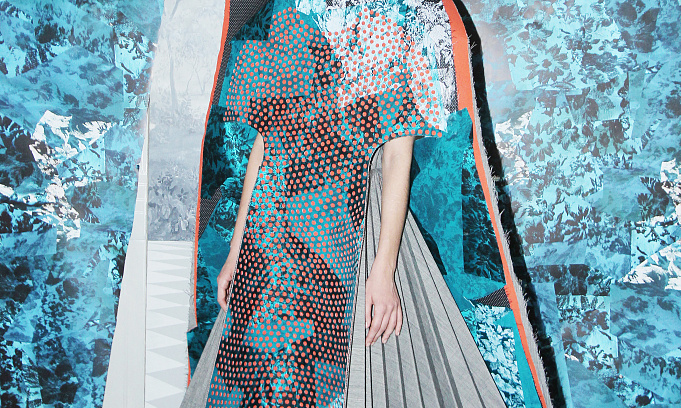
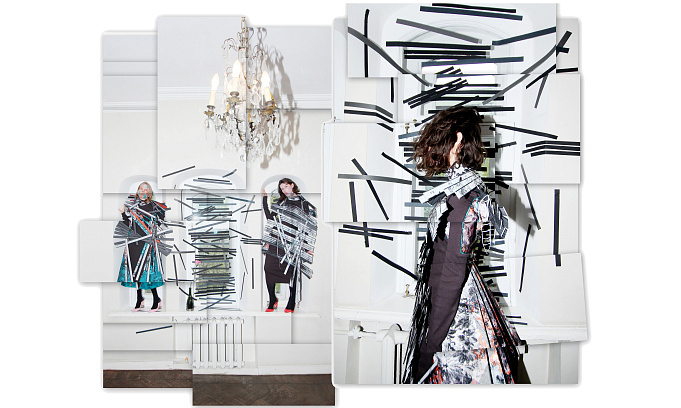
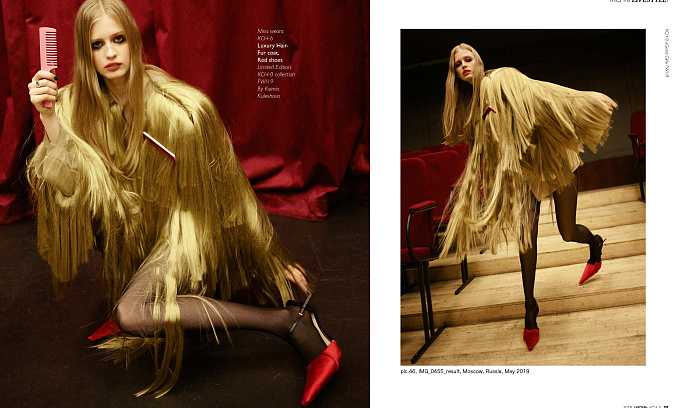
How to apply
01
Required level of English
IELTS band 6.0 (or equivalent certificate). Along with the IELTS results, the following certificates are also accepted:
- CAE (Certificate in Advanced English);
- FCE (First Certificate in English).
If a prospective student does not have an IELTS certificate of the required level but successfully passed BHSAD English test as part of BHSAD entrance exams, he/she needs to obtain an IELTS certificate before the start of the first semester on Year 1.
- CAE (Certificate in Advanced English);
- FCE (First Certificate in English).
If a prospective student does not have an IELTS certificate of the required level but successfully passed BHSAD English test as part of BHSAD entrance exams, he/she needs to obtain an IELTS certificate before the start of the first semester on Year 1.
02
Required portfolio
The range of work in your portfolio should cover a broad spectrum of media, materials and approaches. Projects may be submitted in different disciplines including but not limited to graphics, drawing, painting, textile, photography, decorative art, design, web-design, animation.
First of all, the admission committee would like to see how you can generate and develop your ideas; that is why, besides finished projects, the portfolio should also include notebooks with sketches, sketchbooks, written works (articles, essays, if any). Please try to present examples of the best and most recent projects which reflect your creative abilities.
Your portfolio needs to be printed (А3 format or larger). Animation and CG works should be presented on CDs or memory sticks. It advisable to show photographs of large works which otherwise would be difficult to transport.
First of all, the admission committee would like to see how you can generate and develop your ideas; that is why, besides finished projects, the portfolio should also include notebooks with sketches, sketchbooks, written works (articles, essays, if any). Please try to present examples of the best and most recent projects which reflect your creative abilities.
Your portfolio needs to be printed (А3 format or larger). Animation and CG works should be presented on CDs or memory sticks. It advisable to show photographs of large works which otherwise would be difficult to transport.
03
Interview procedure
Prospective students will be asked questions regarding their education and professional background in order to make a final decision about admission on to the course. Please be ready to tell the interview panel about yourself, your design experience and projects in your portfolio.
You may be asked about the history of creation of a particular work and the context of its creation. The panel may ask you about well-known designers to learn about the influence of creative activities of other designers and artists on you, the reason why you follow them and the main incentive for your development in terms of your occupation.
You may be asked about the history of creation of a particular work and the context of its creation. The panel may ask you about well-known designers to learn about the influence of creative activities of other designers and artists on you, the reason why you follow them and the main incentive for your development in terms of your occupation.
Cost and terms of payment
Cost and terms of payment
690 000 ₽ per year
Payment by installments is possible
Payment by installments is possible
Success stories
FAQ
What is the language of delivery?
The education at BHSAD is provided by an international team of lecturers but the working language is always English for our British programmes.


